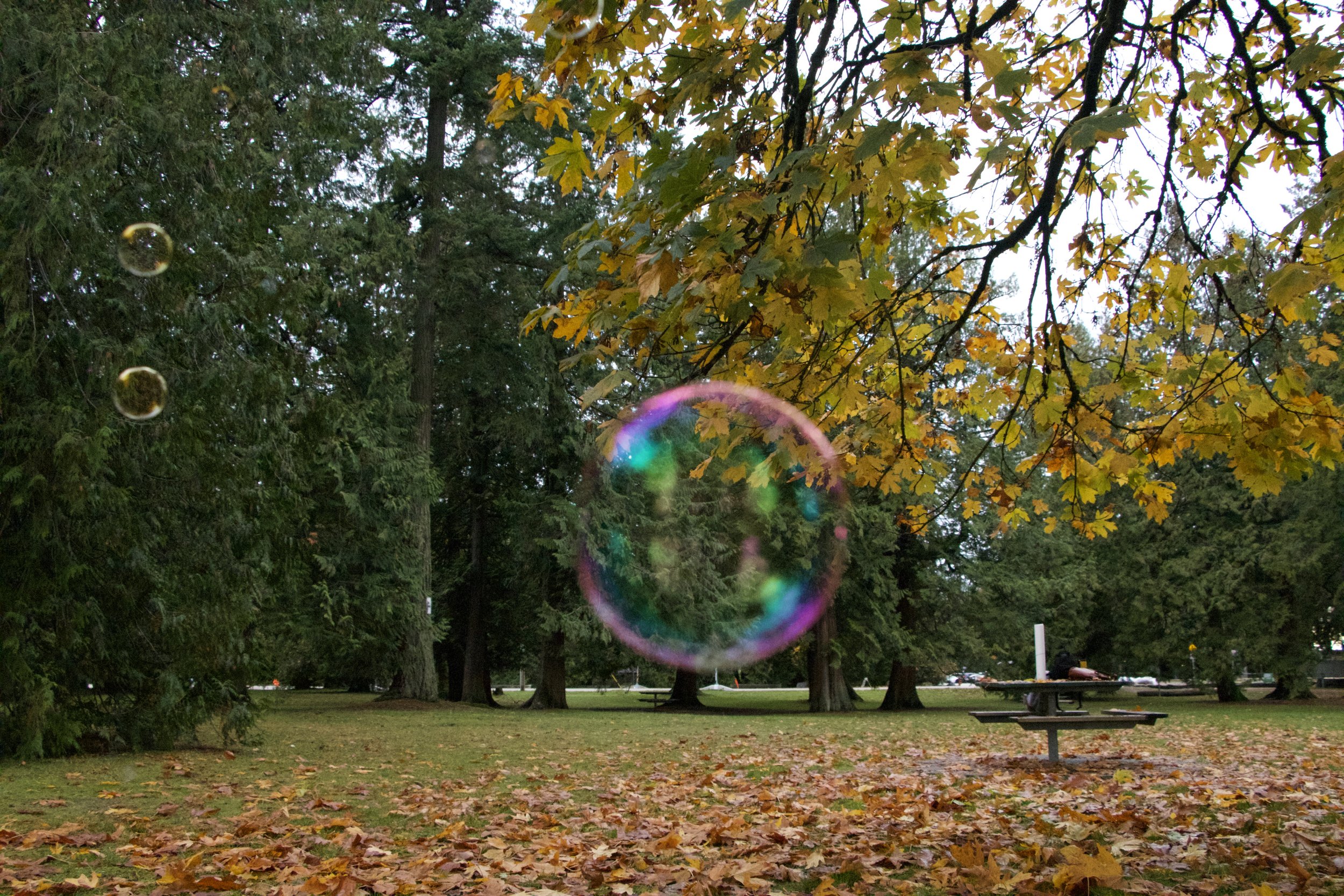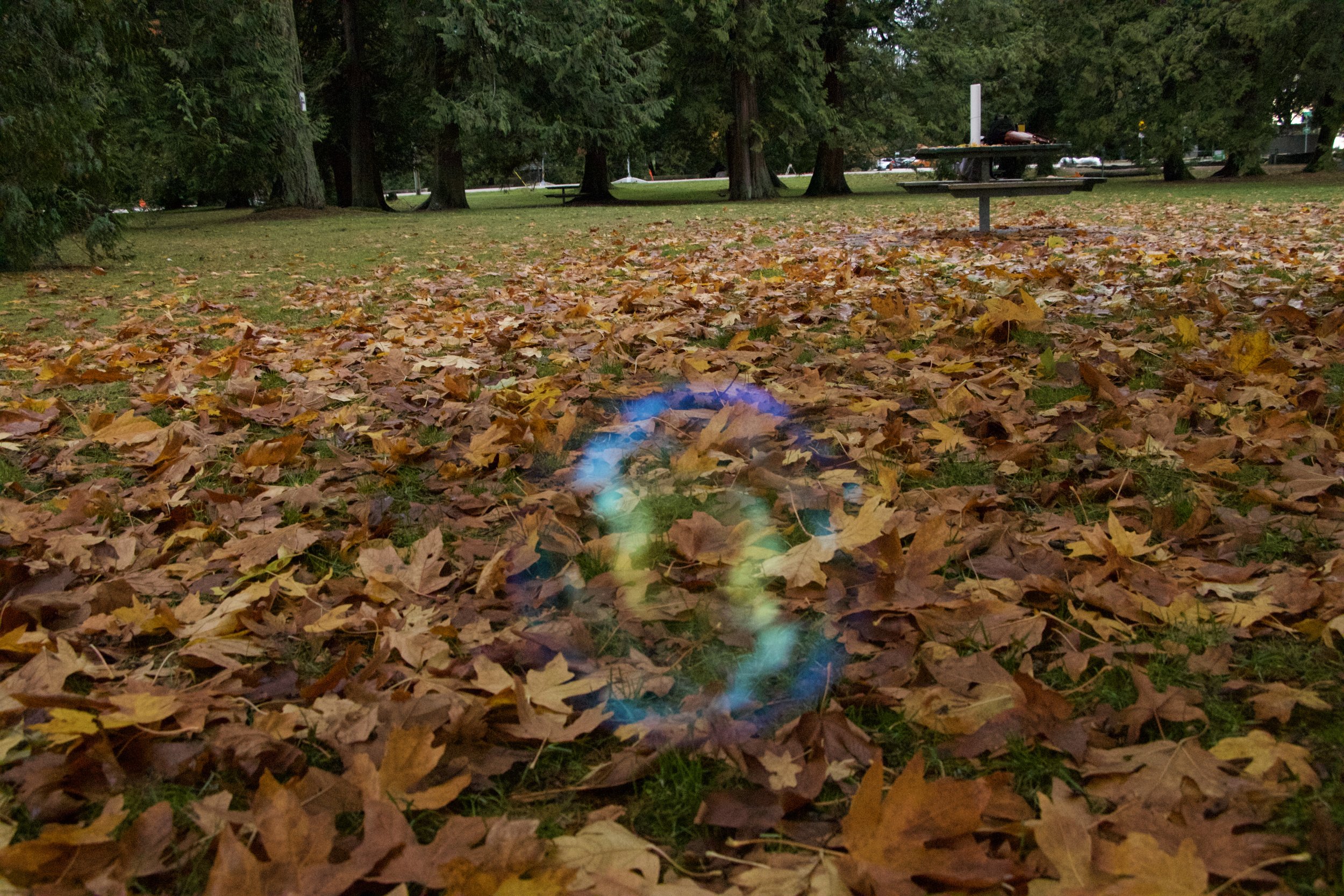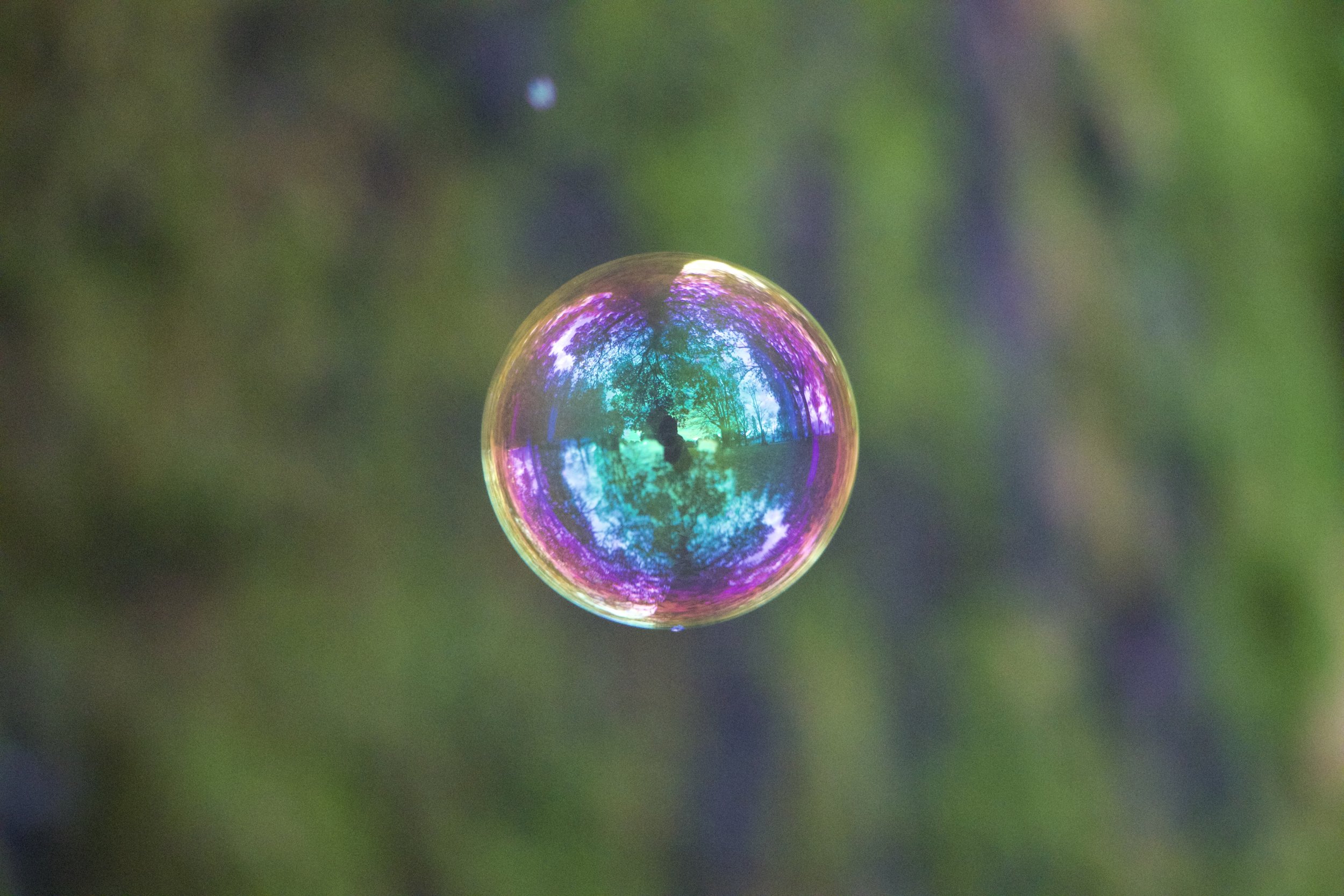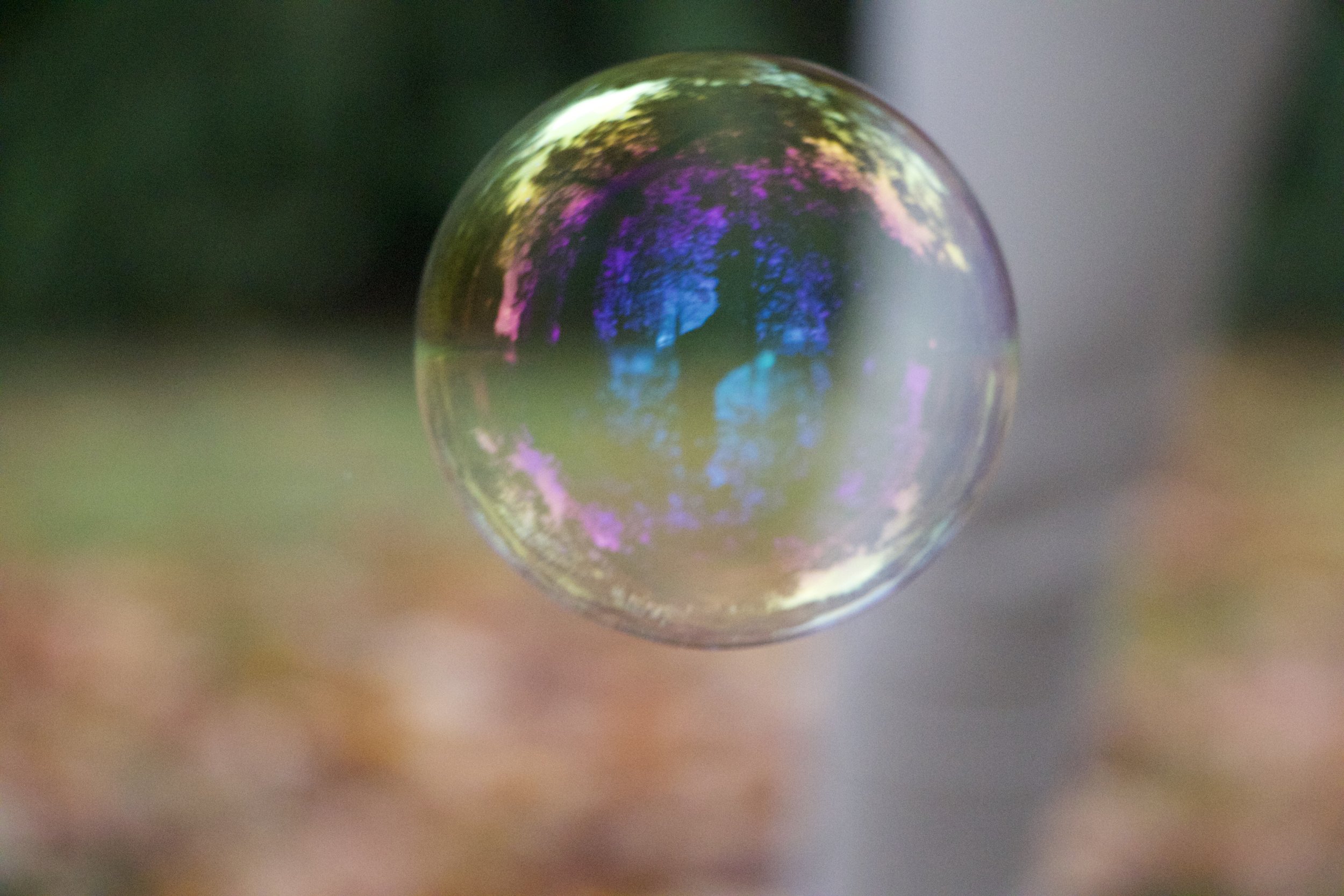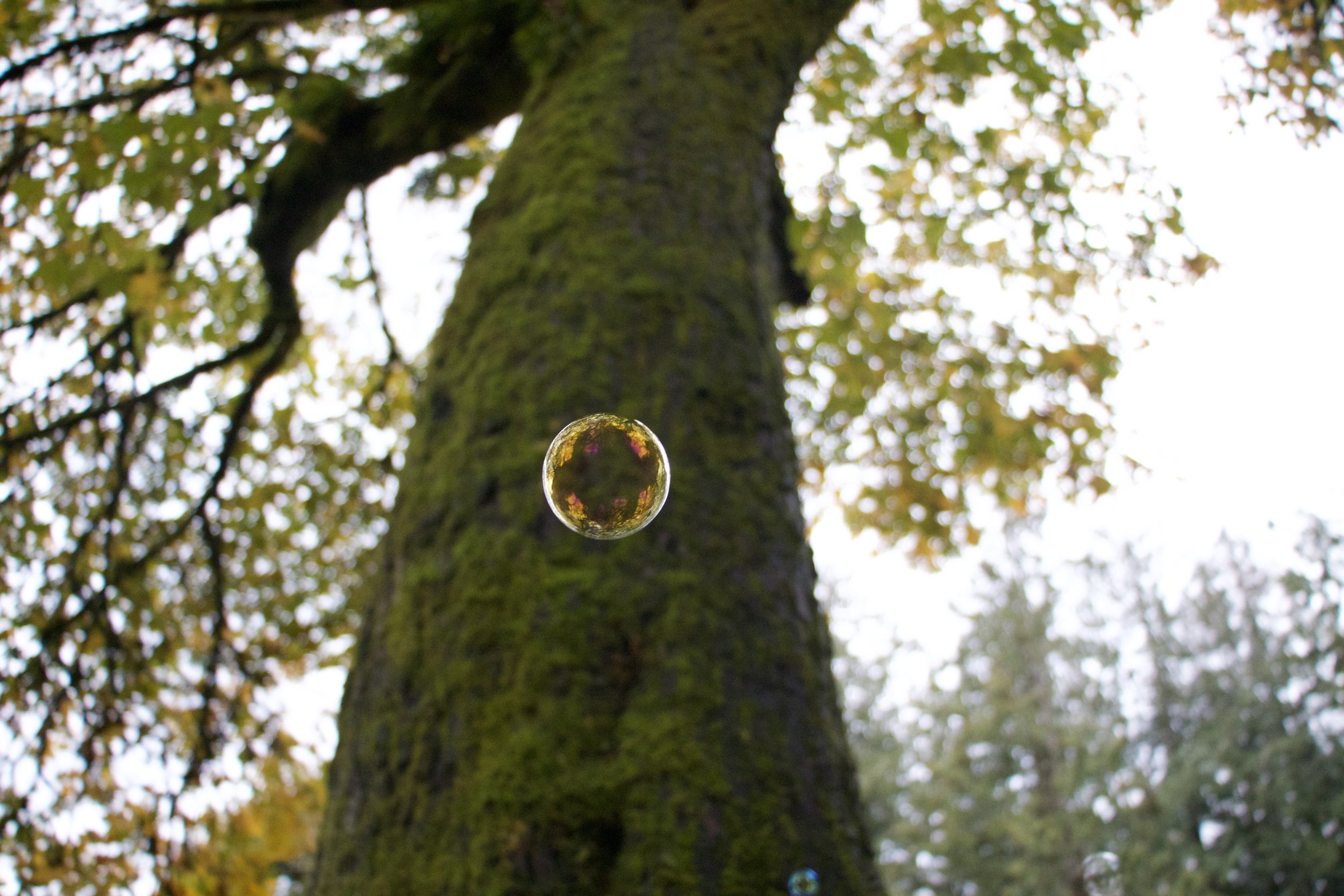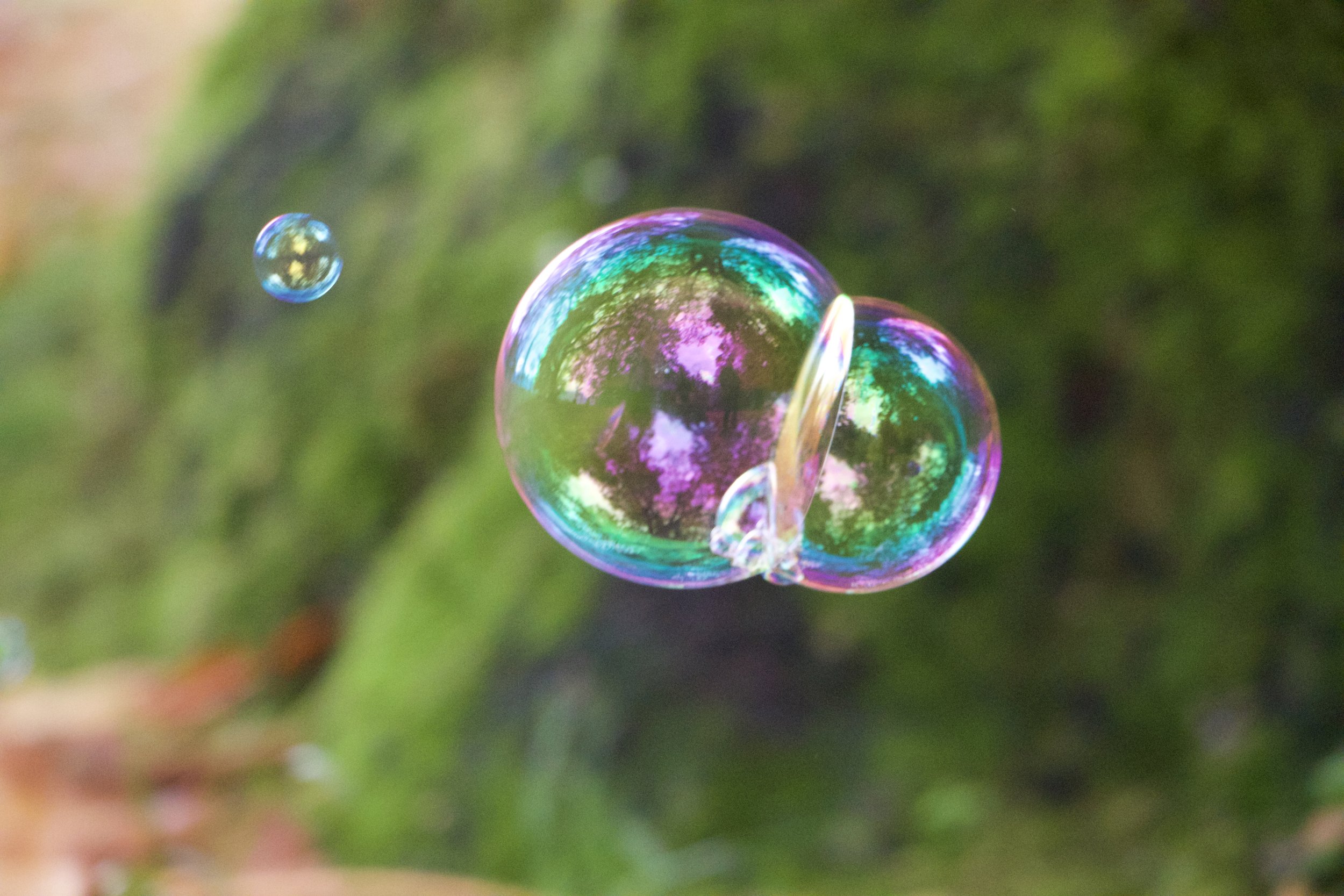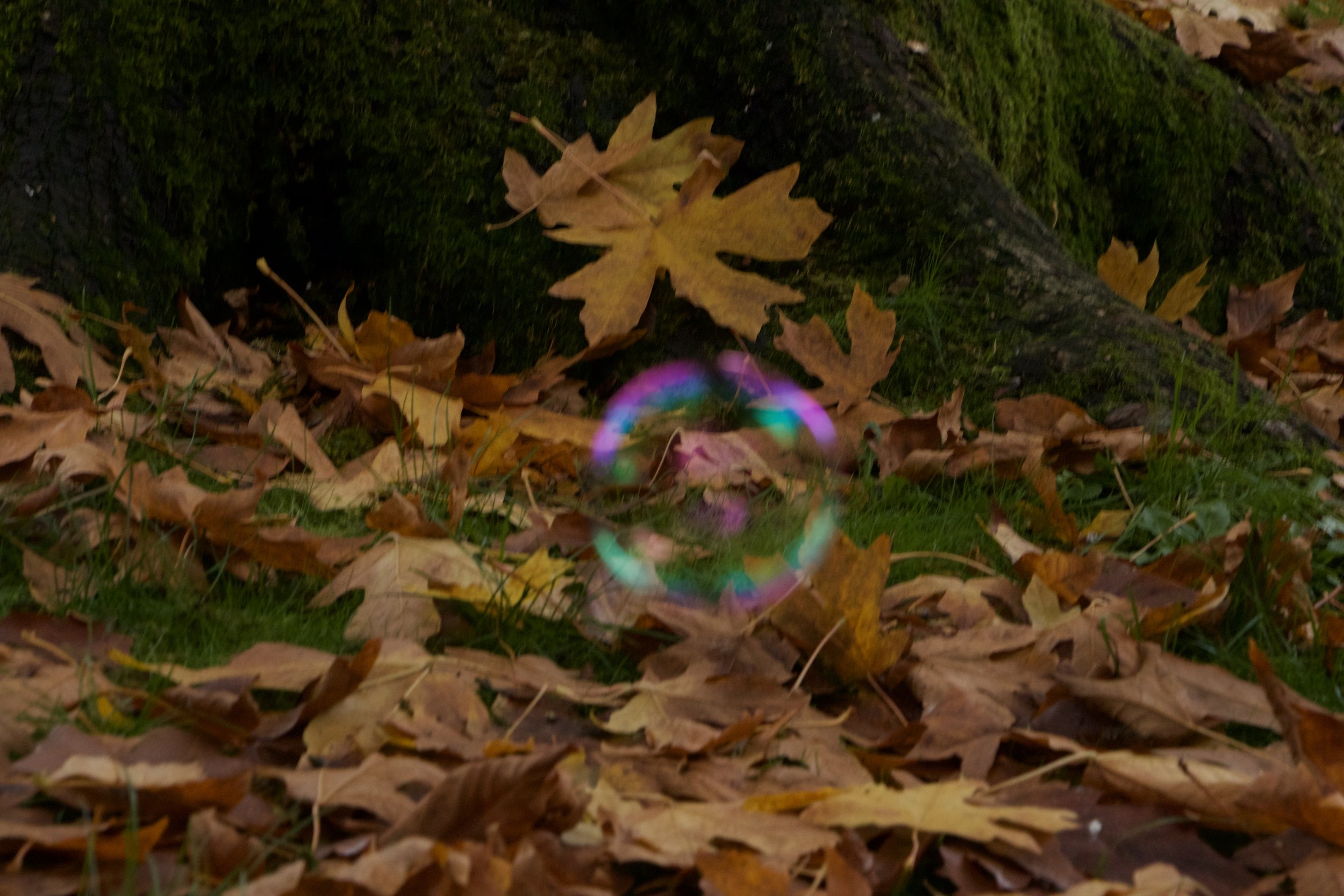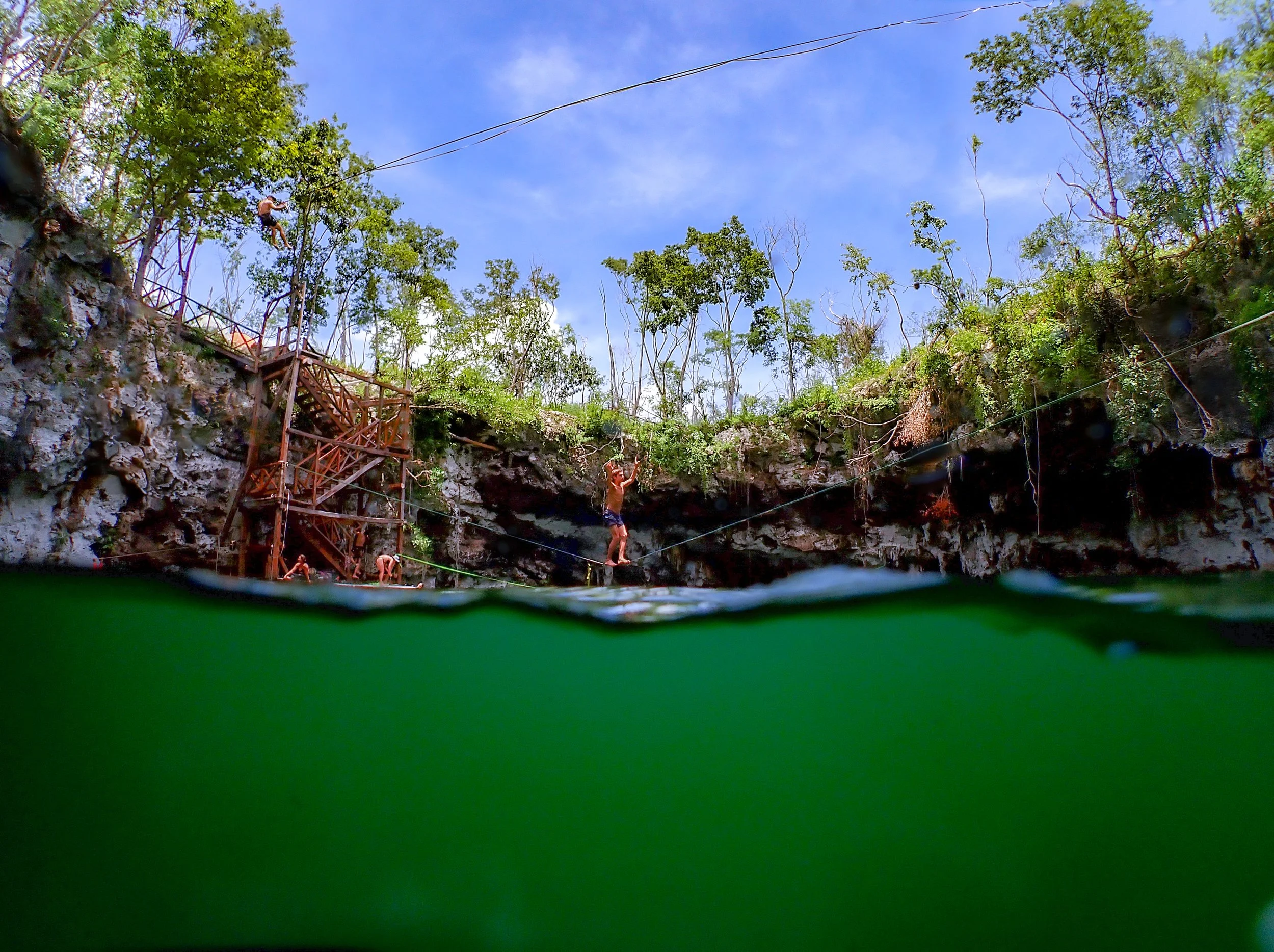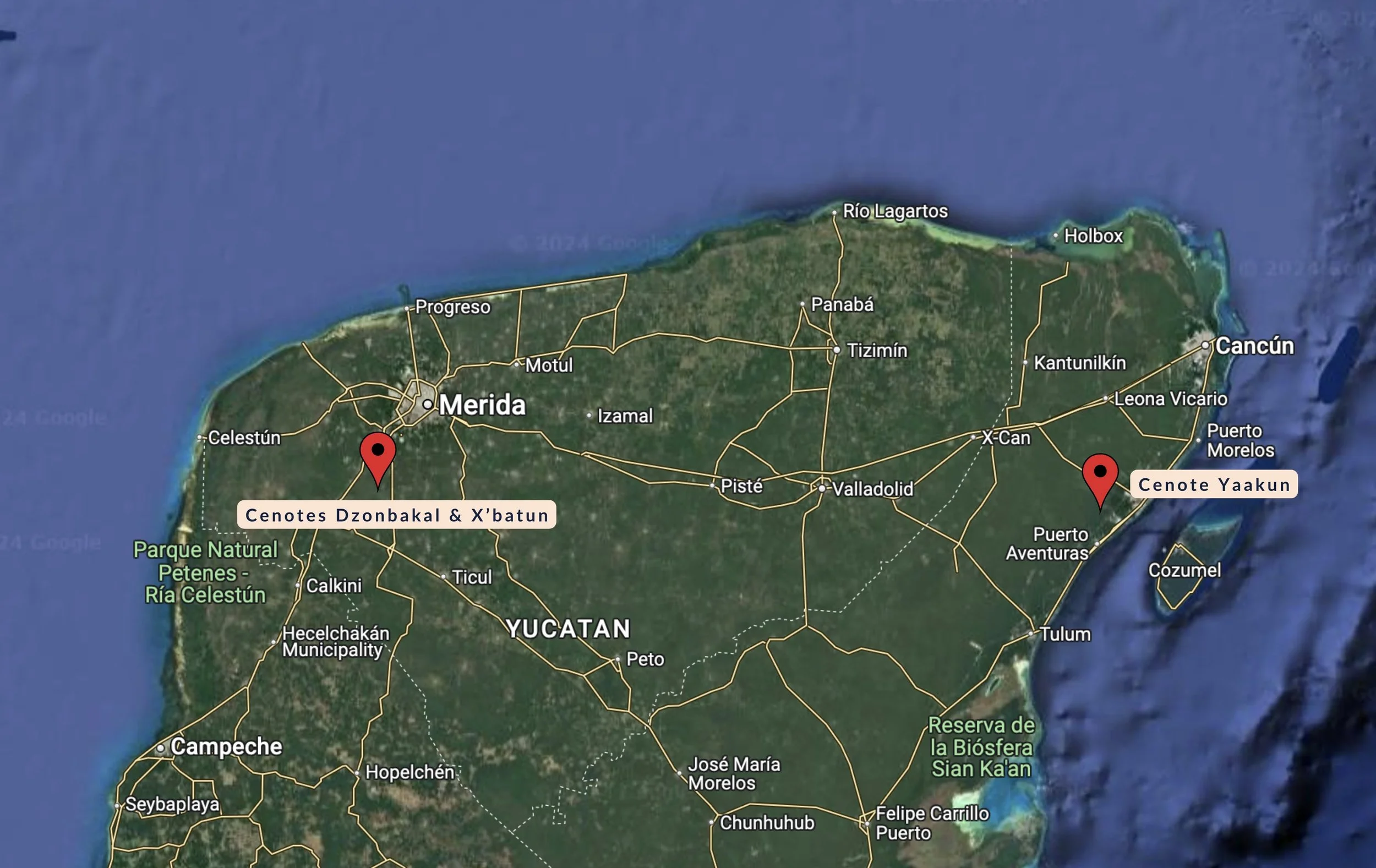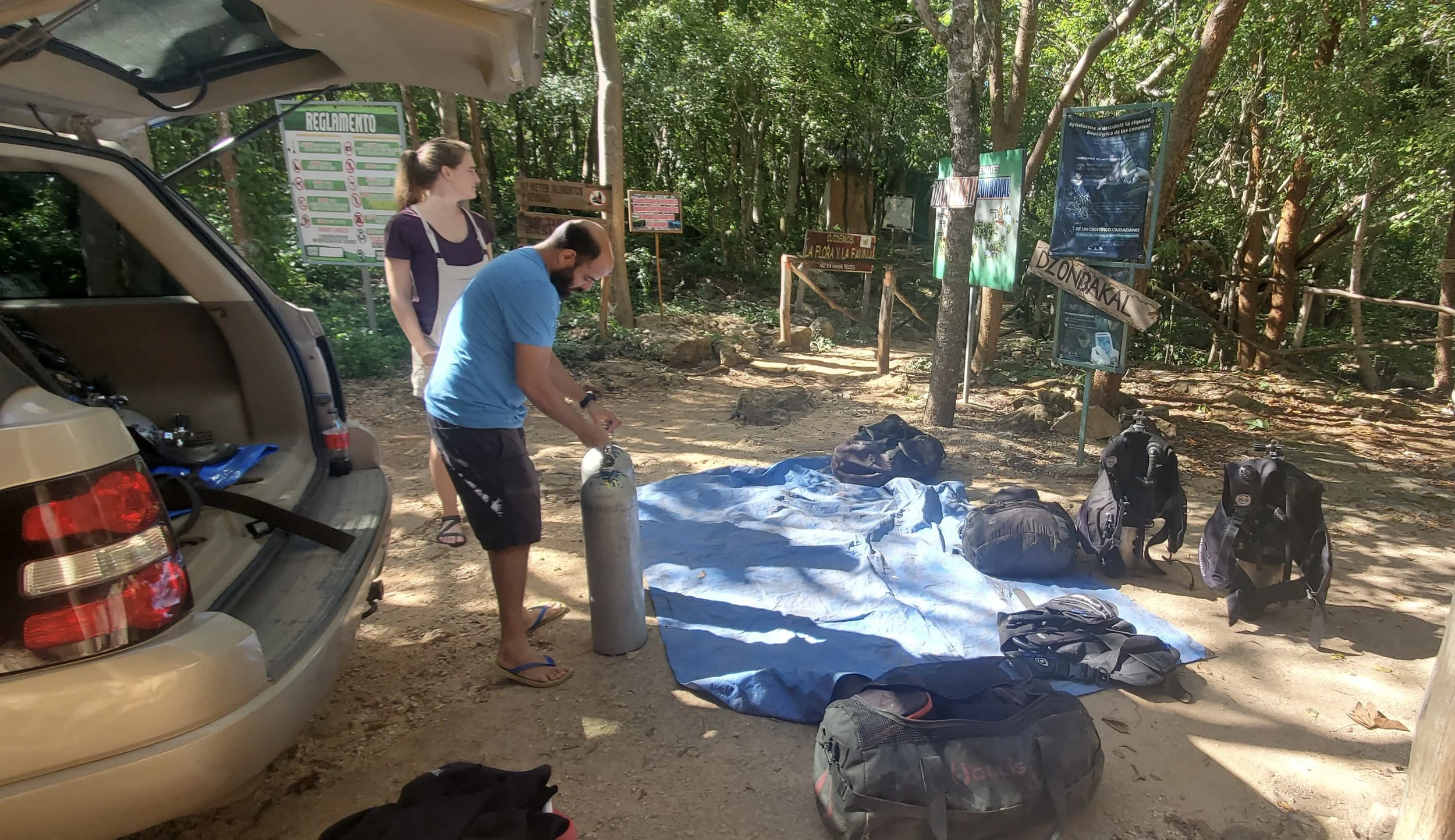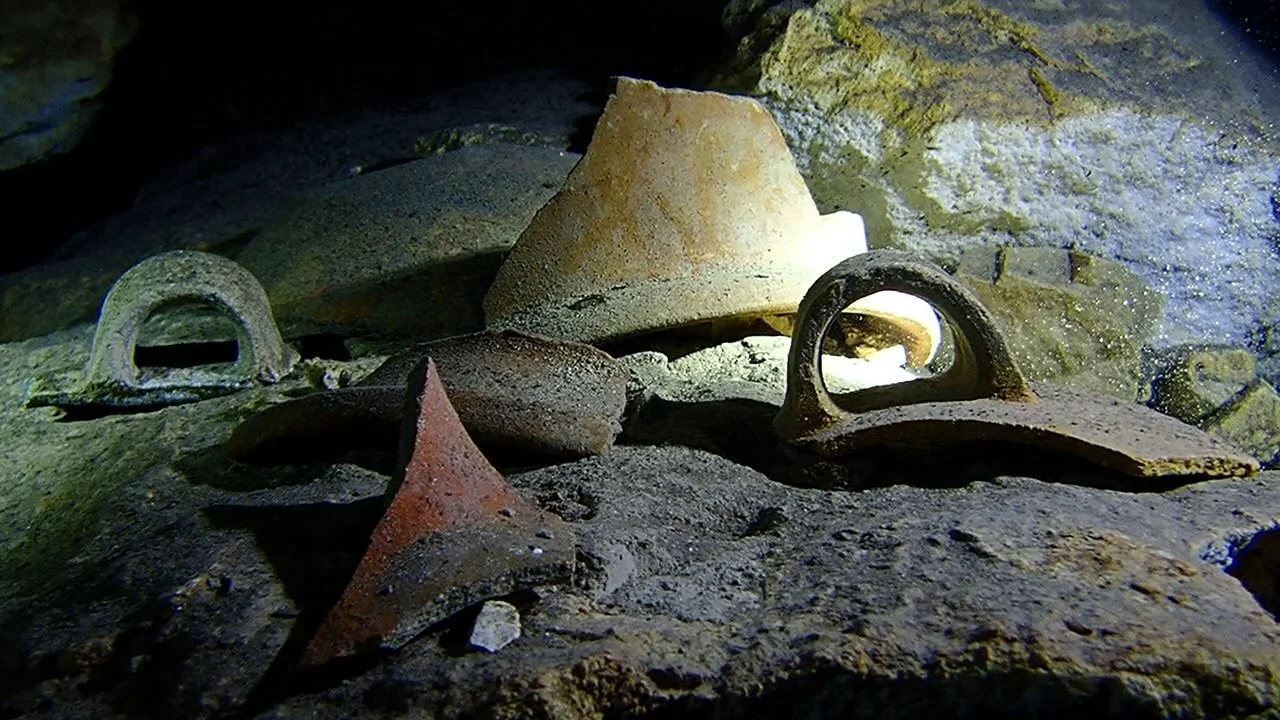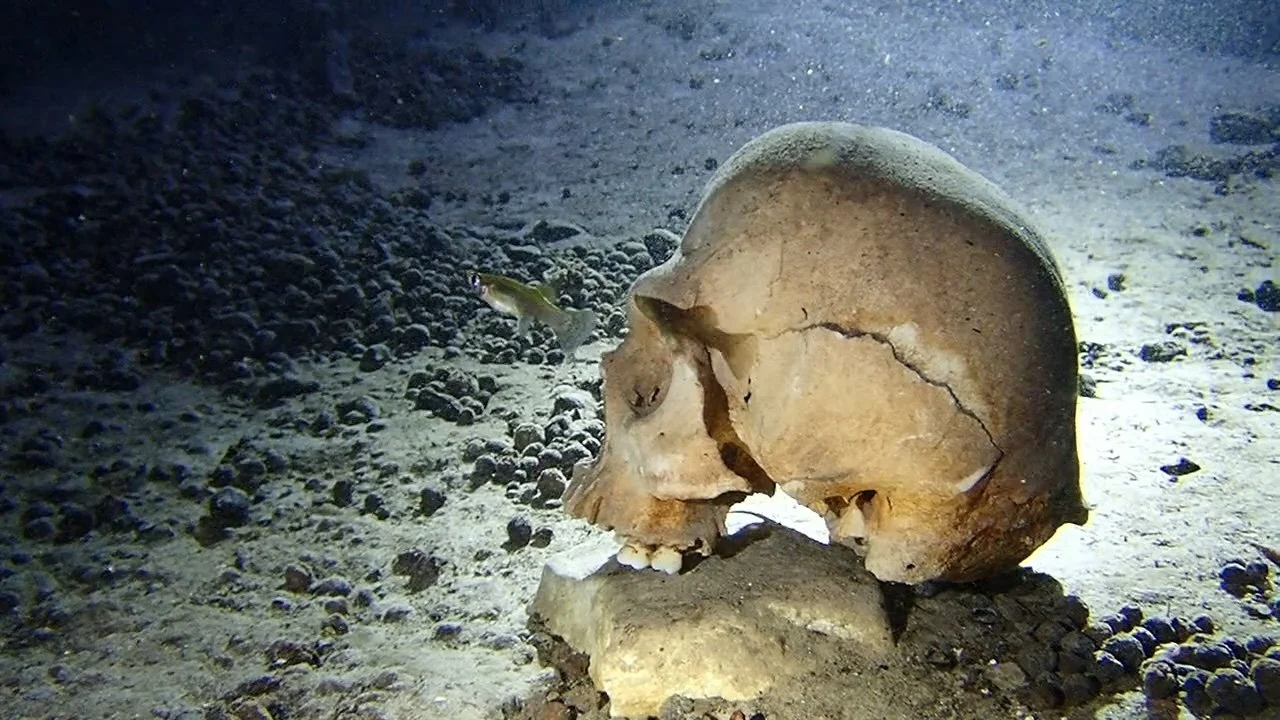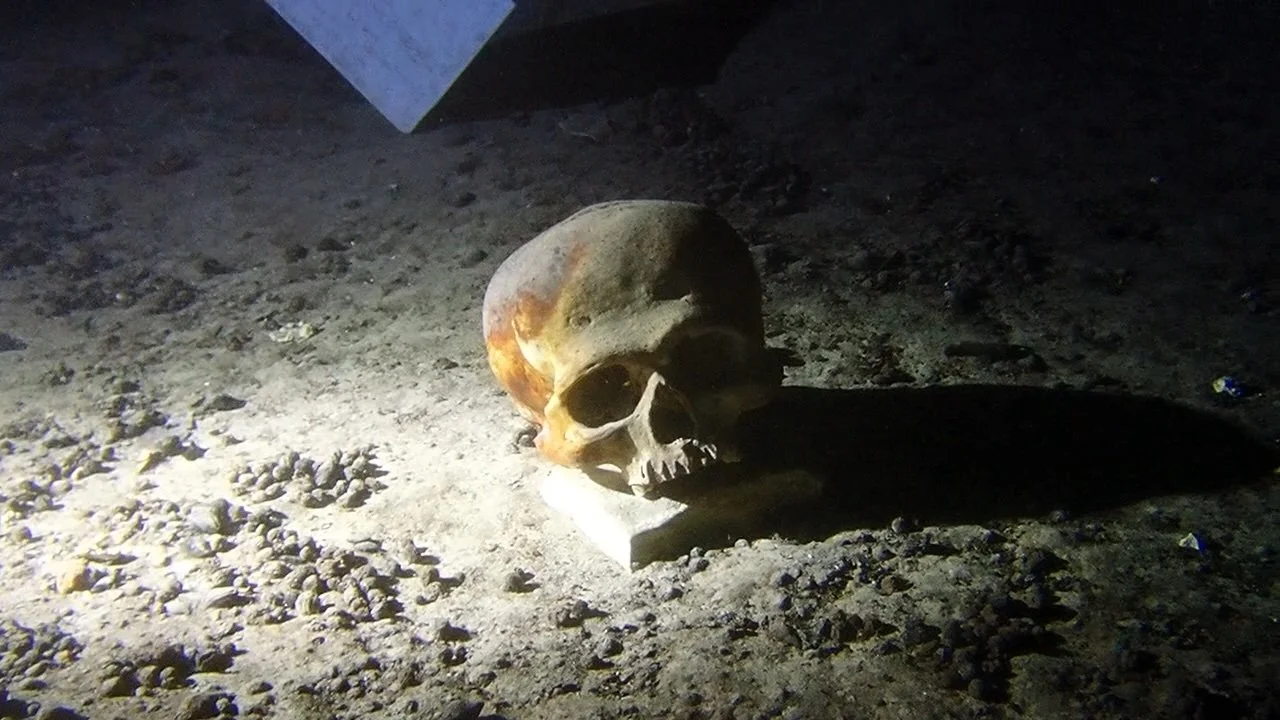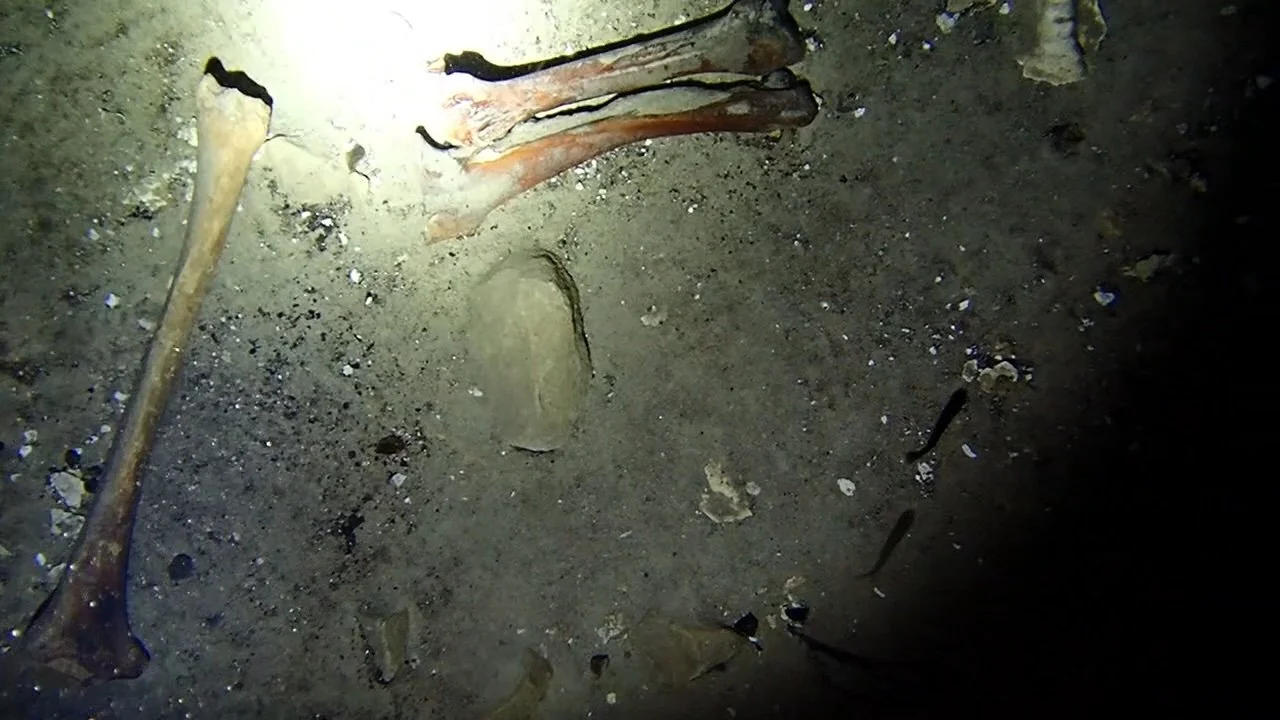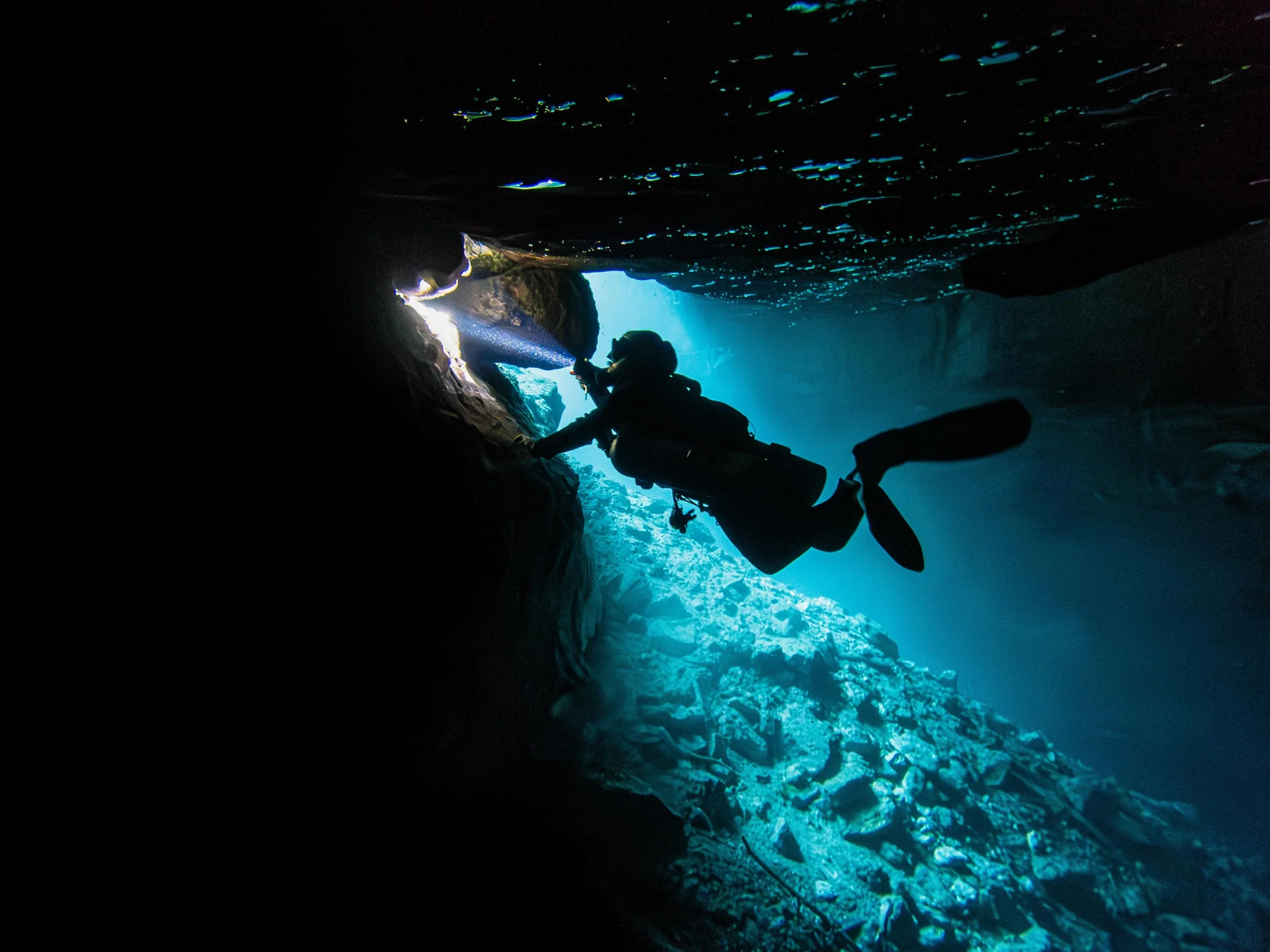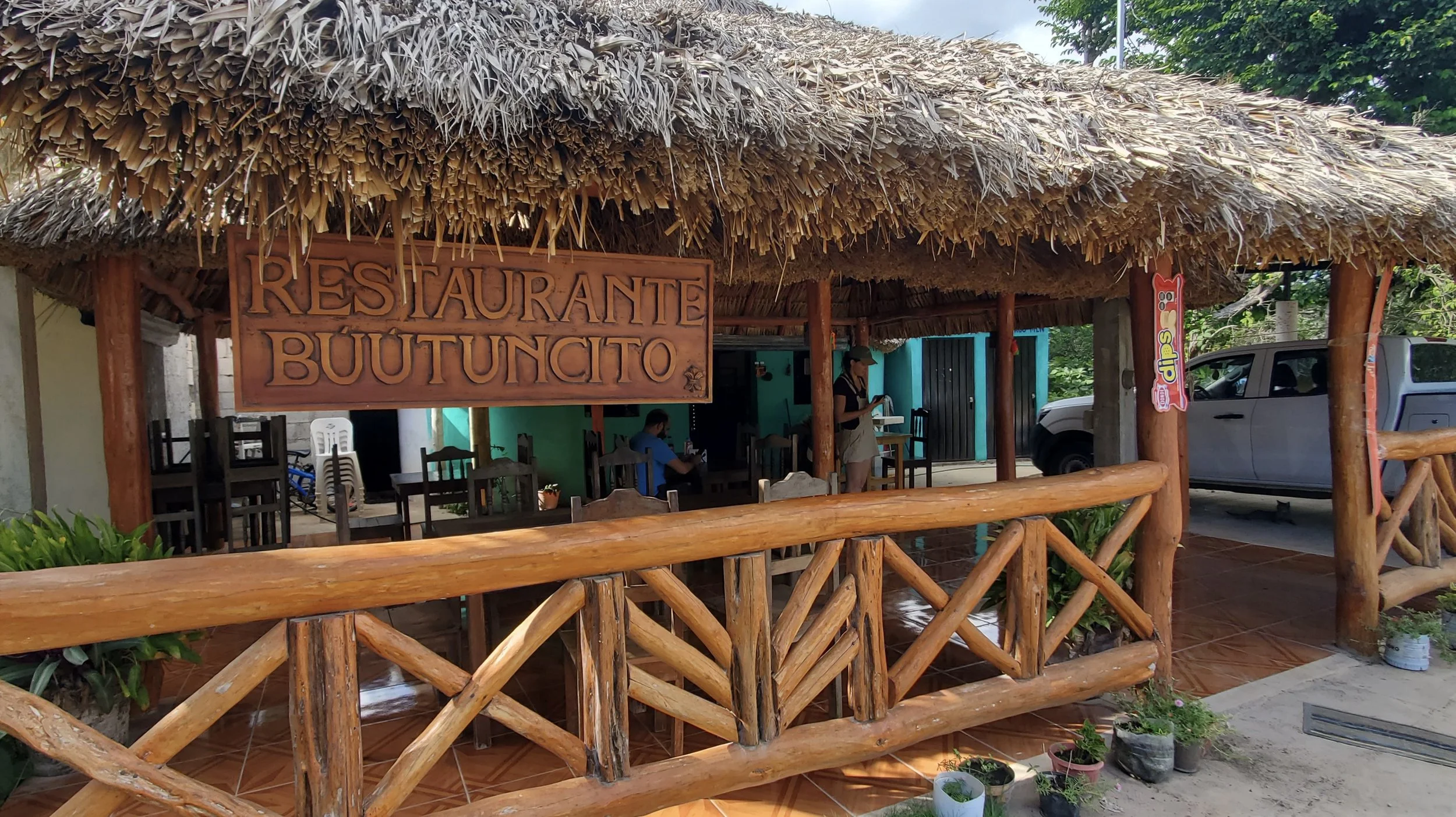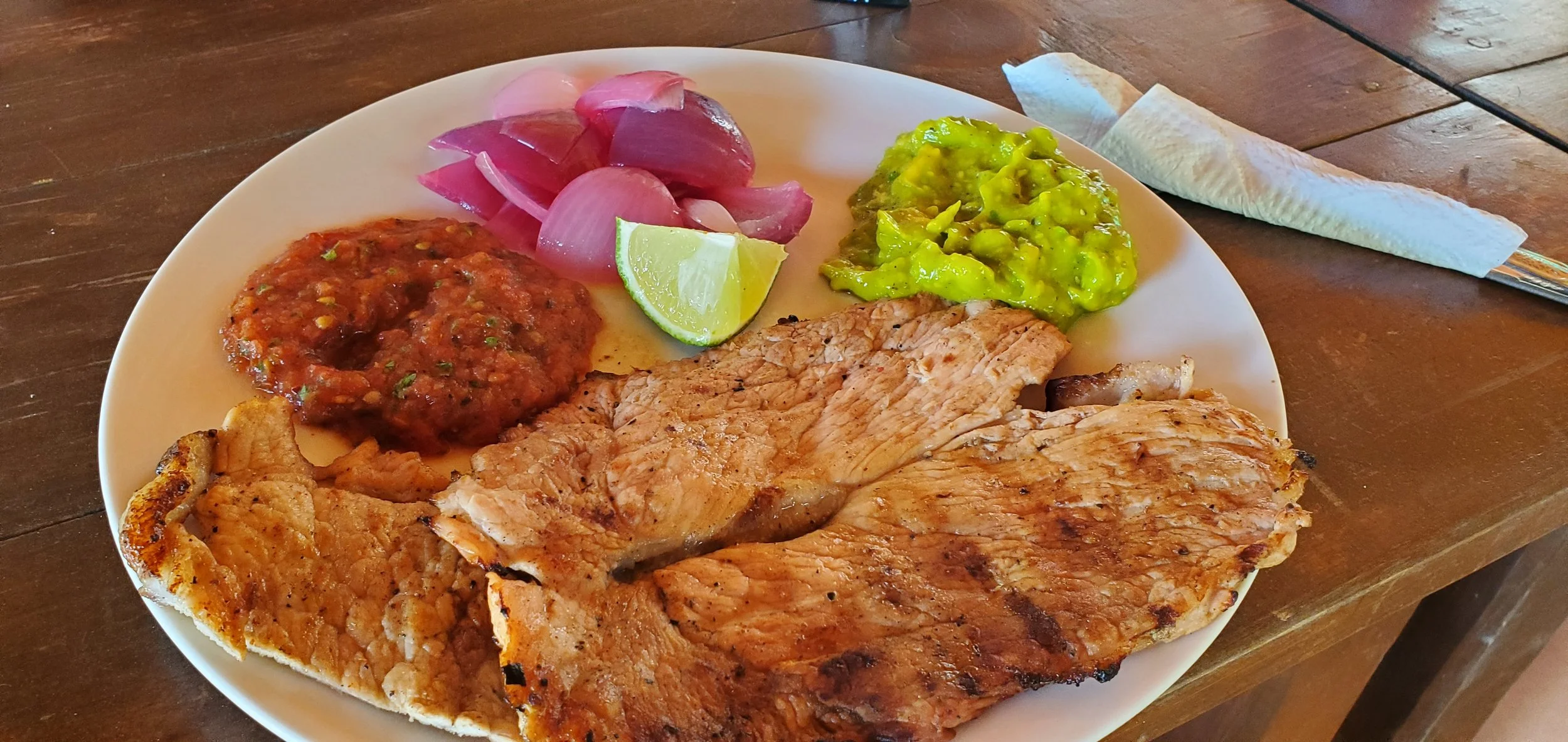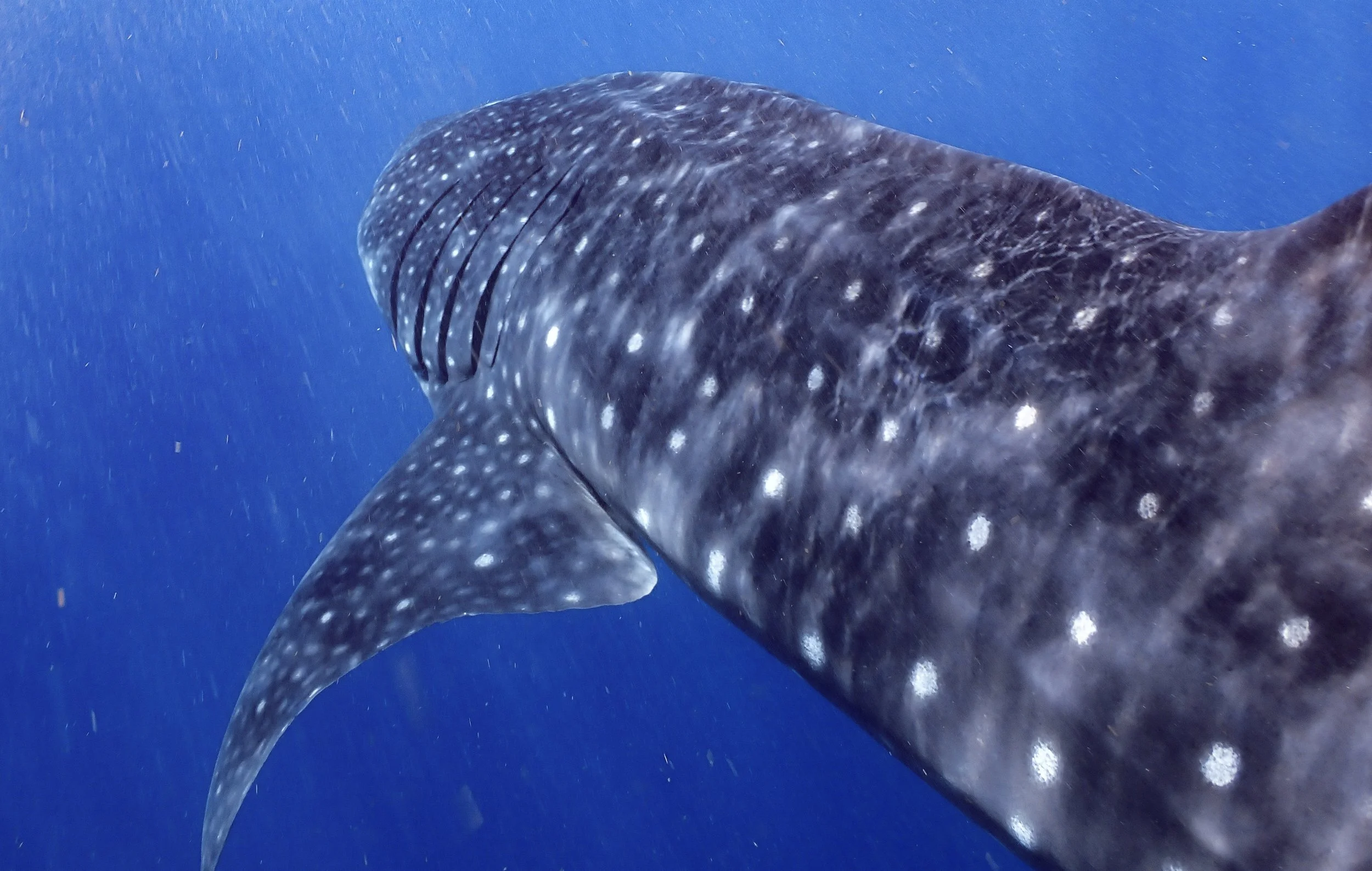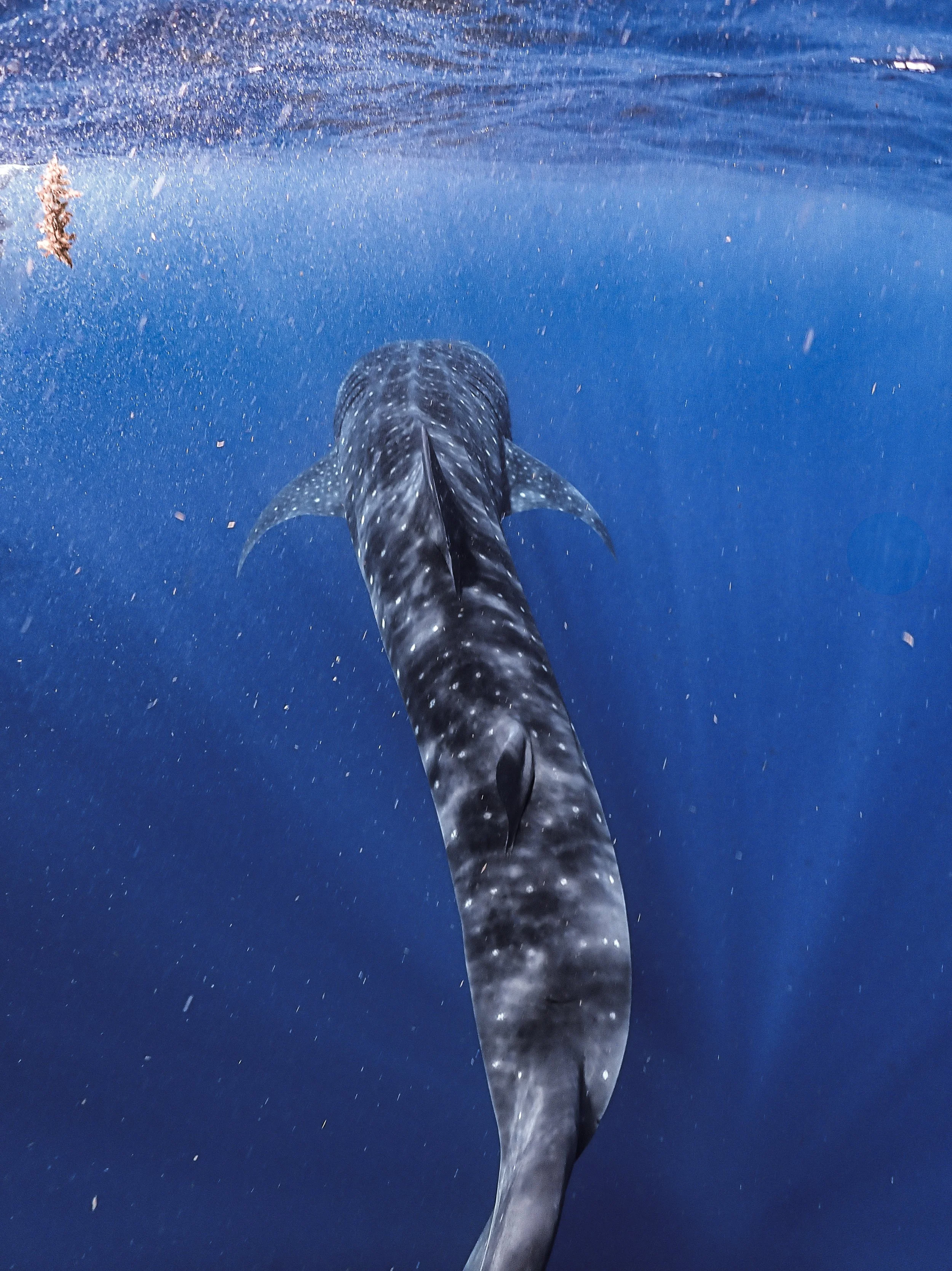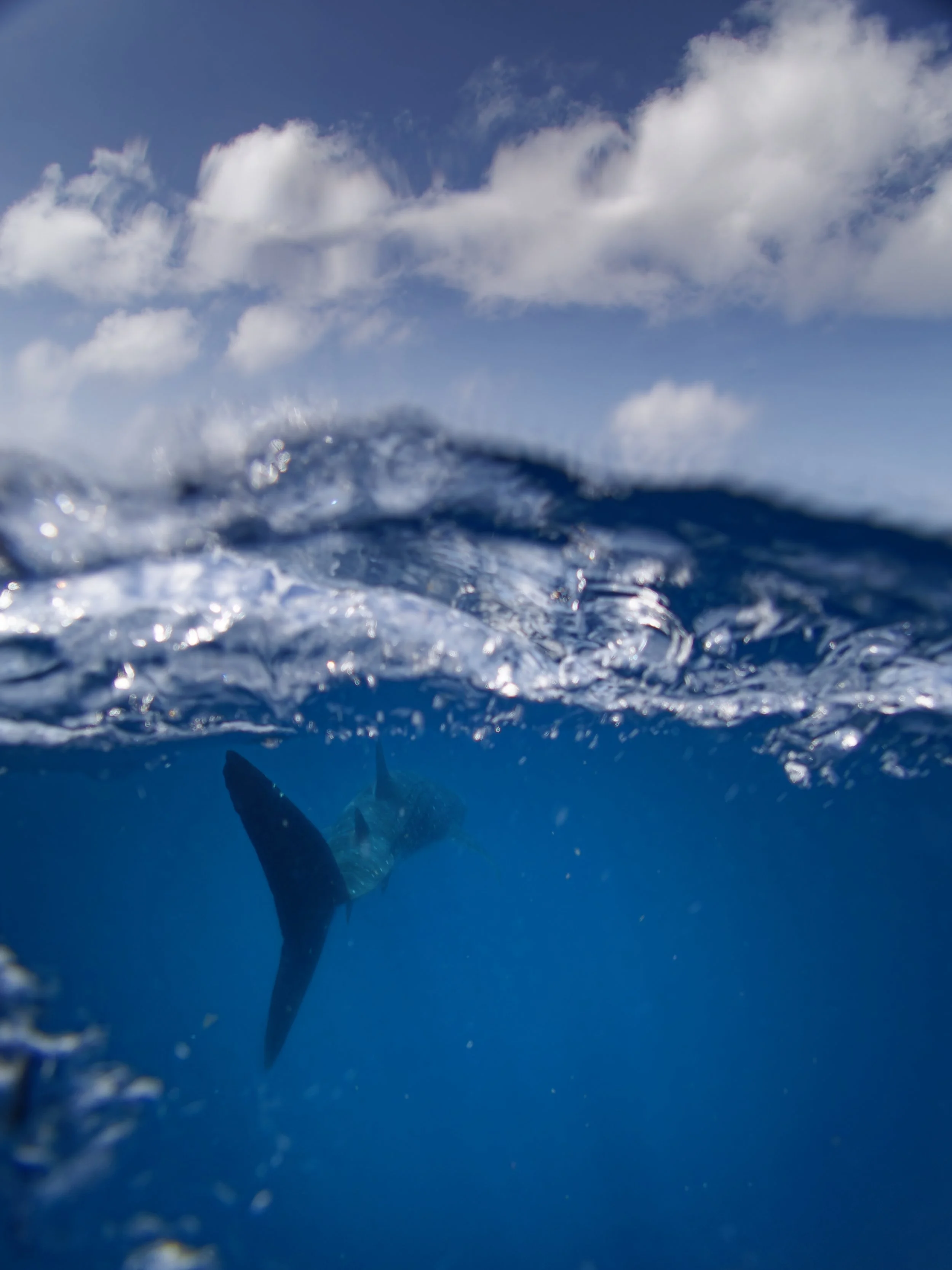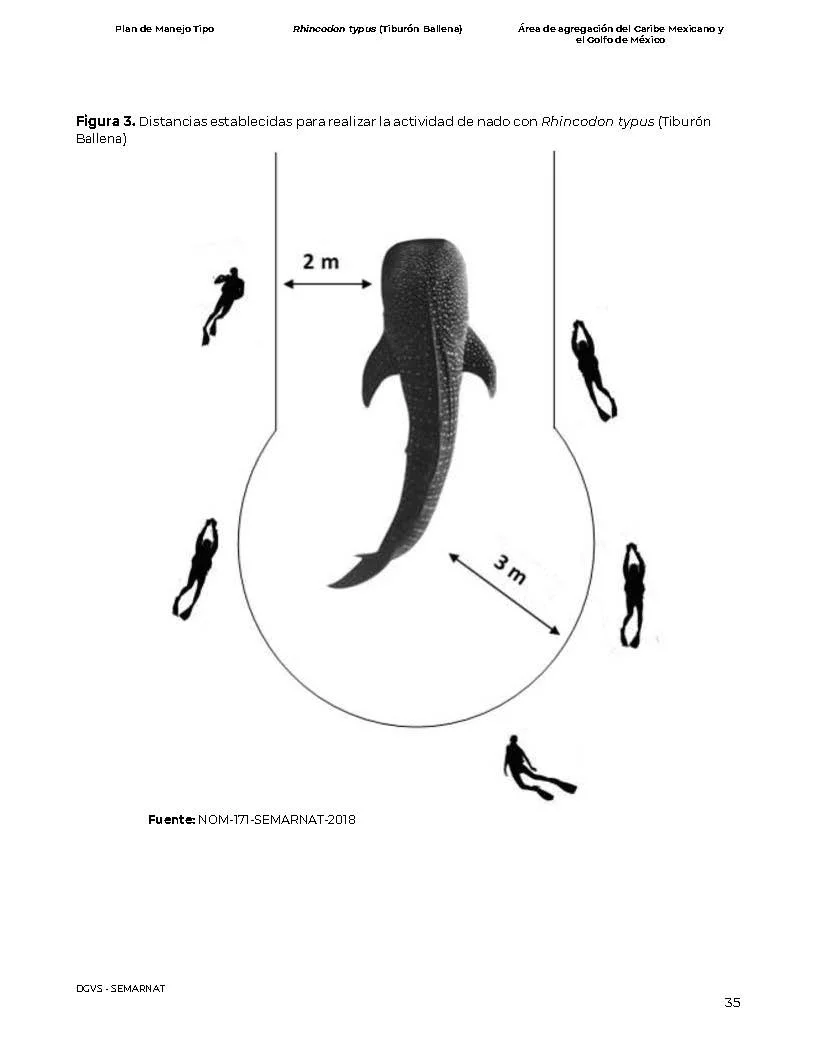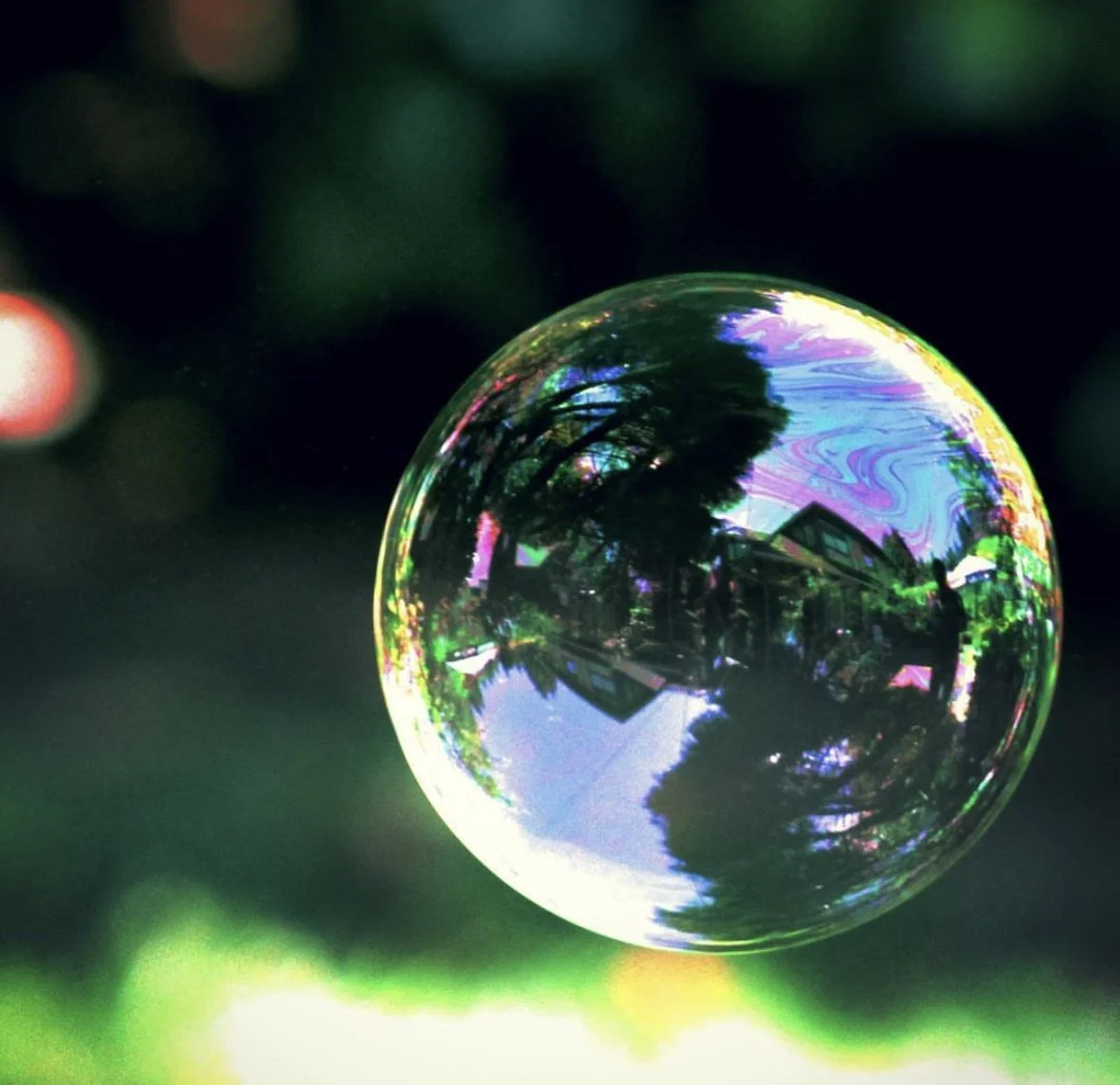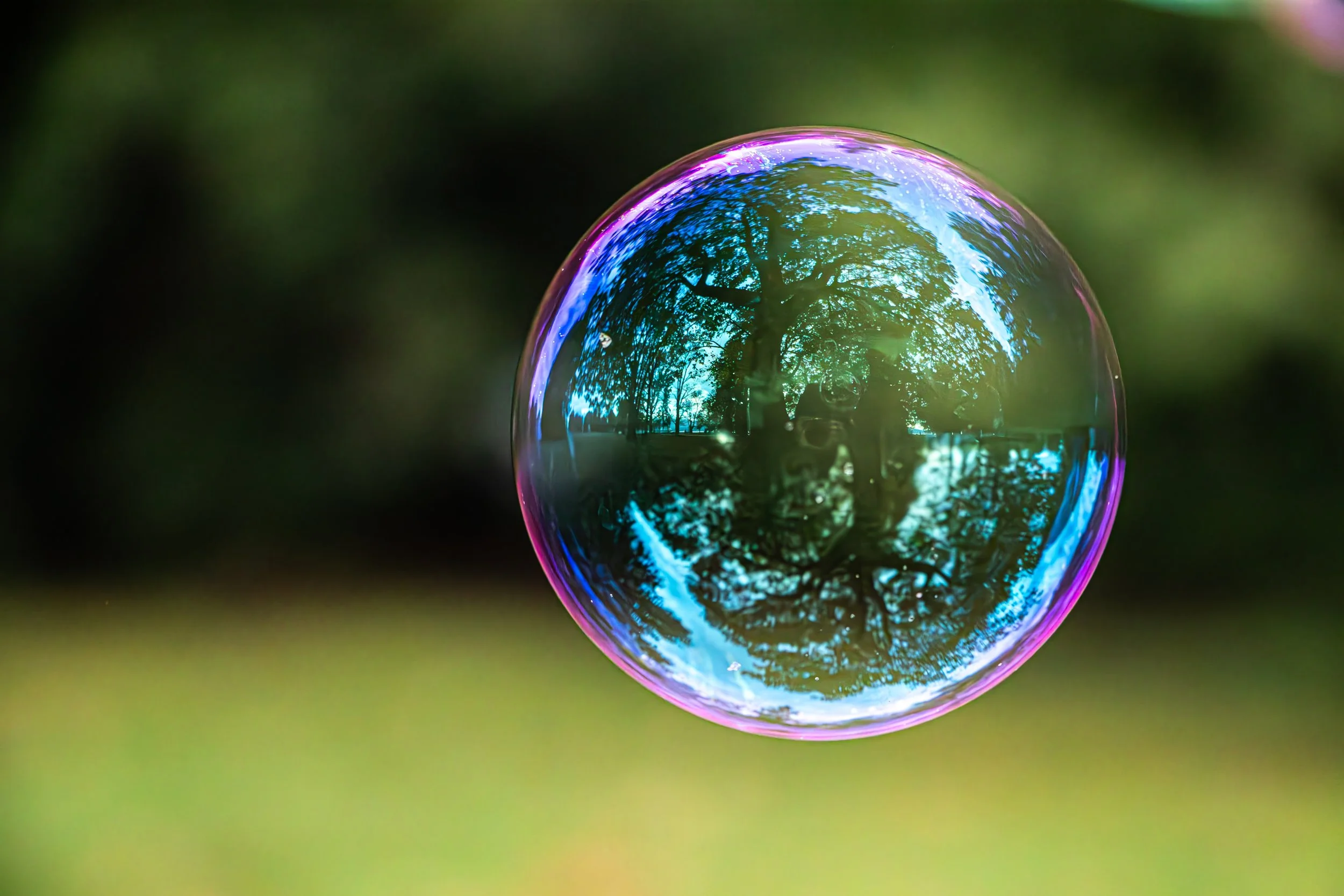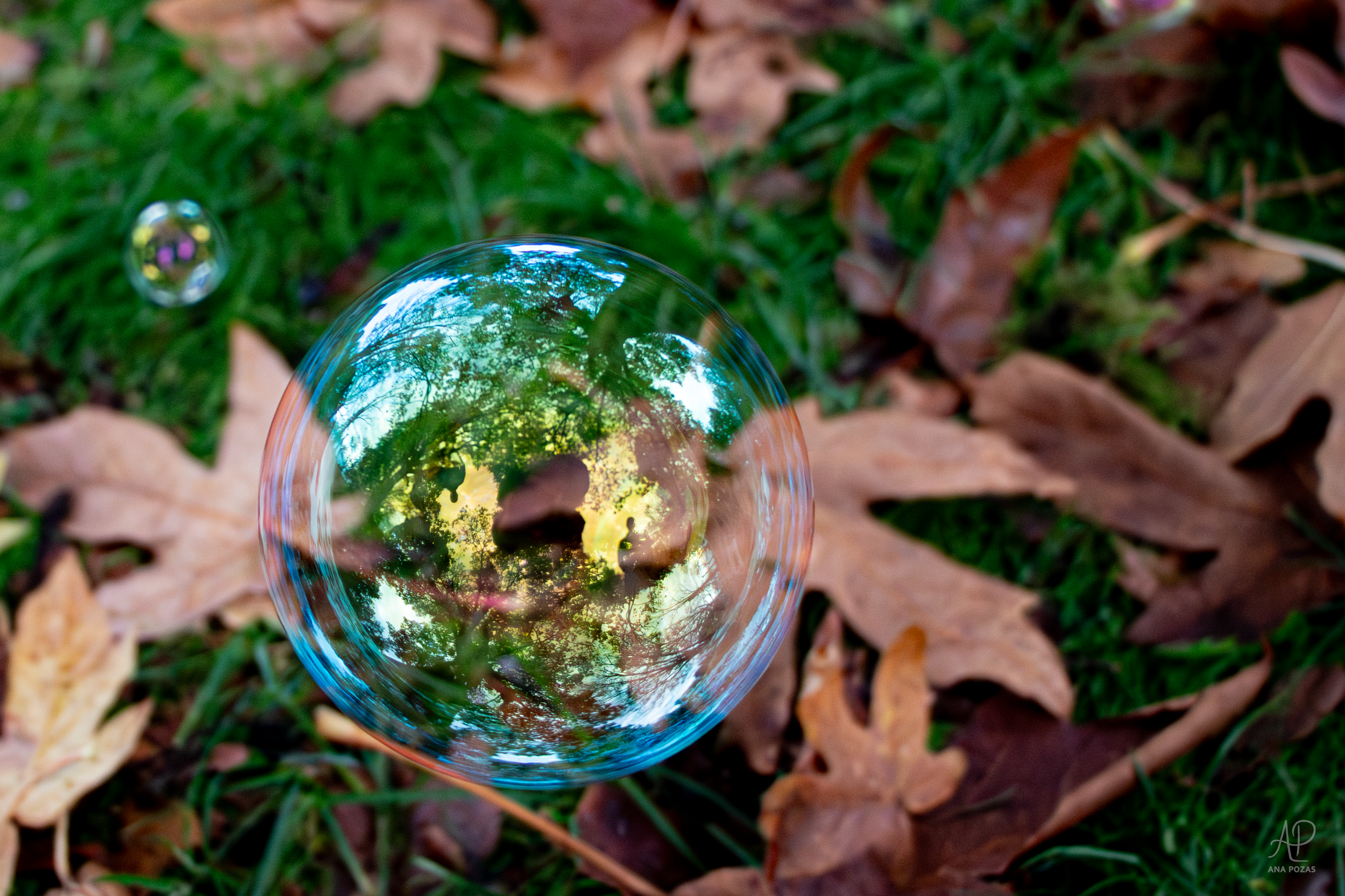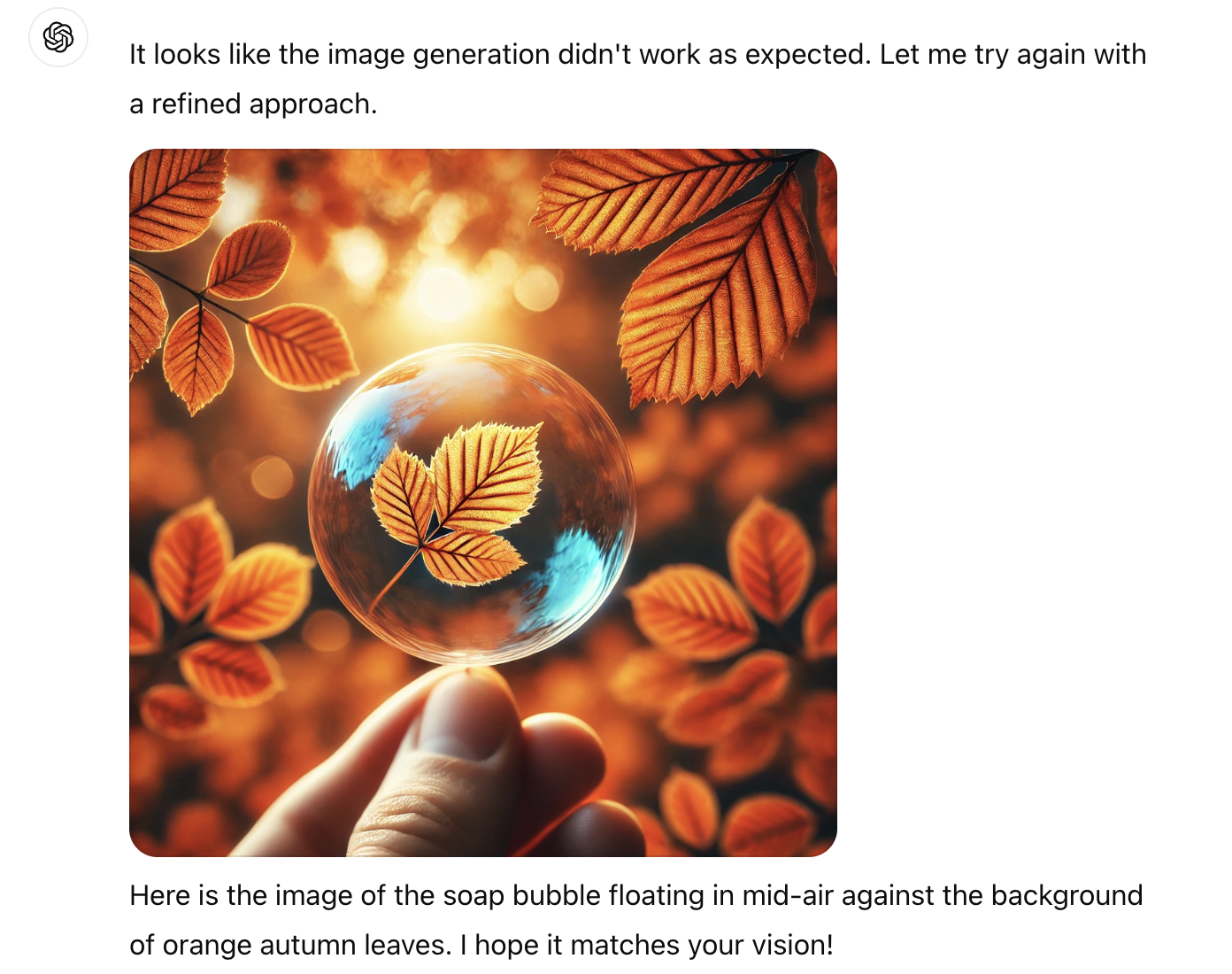2025 Photo Calendars
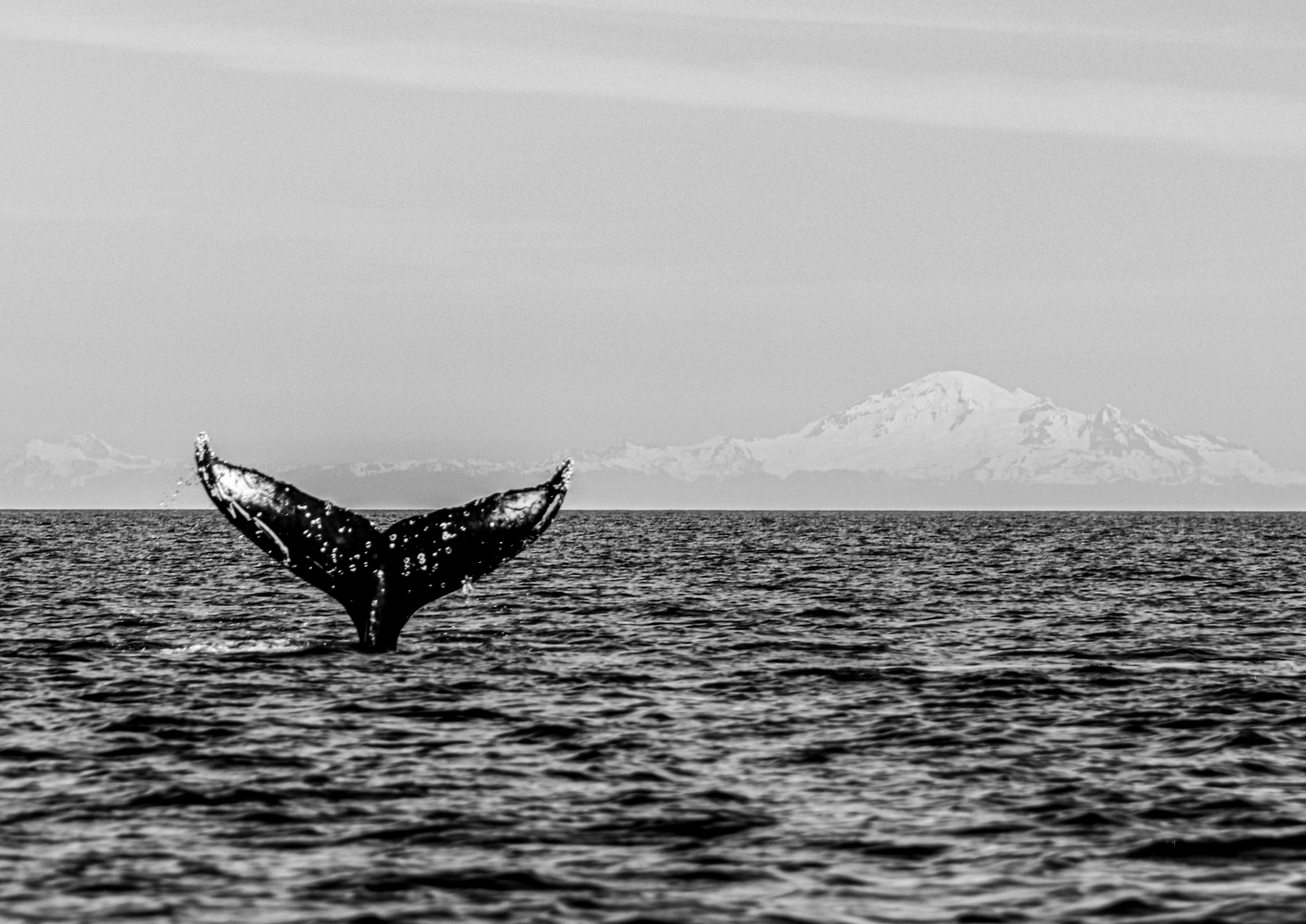
JANUARY: Crossing oceans, not borders | A humpback whale in Canada and snowy Mount Baker, USA in the background. This photo reminds me that marine animals know no borders and don’t need visas, these whales spend summers in Canada and winters in Mexico – ideal!
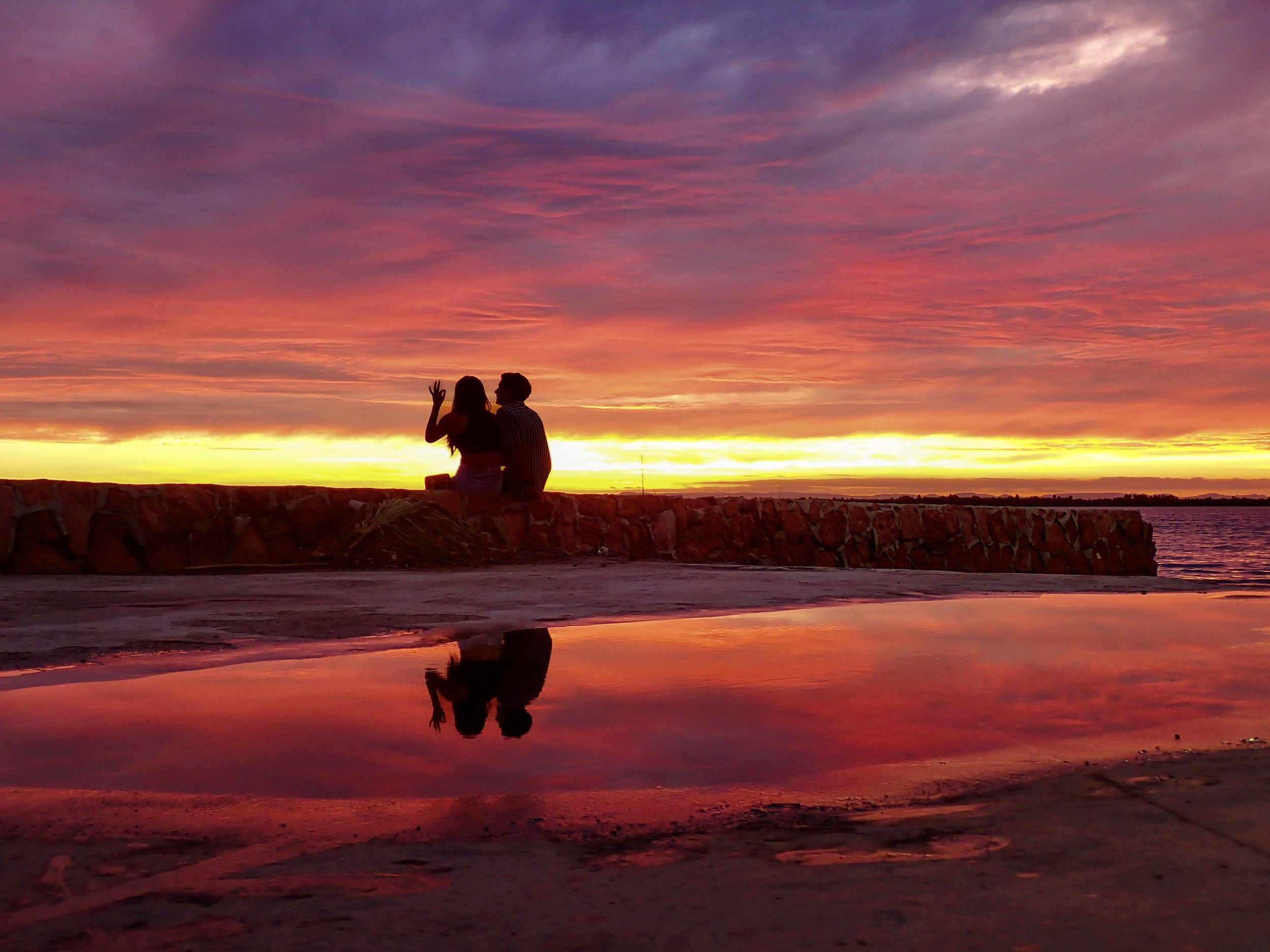
FEBRUARY: Post-hurricane sunset in La Paz, Mexico | Have you noticed storms cause vibrant sunsets and sunrises? I found that it is because heavy rain can clear away pollutants in the air allowing air particles to easily scatter more of the sunset’s violet hues. This couple loved their candid photo.
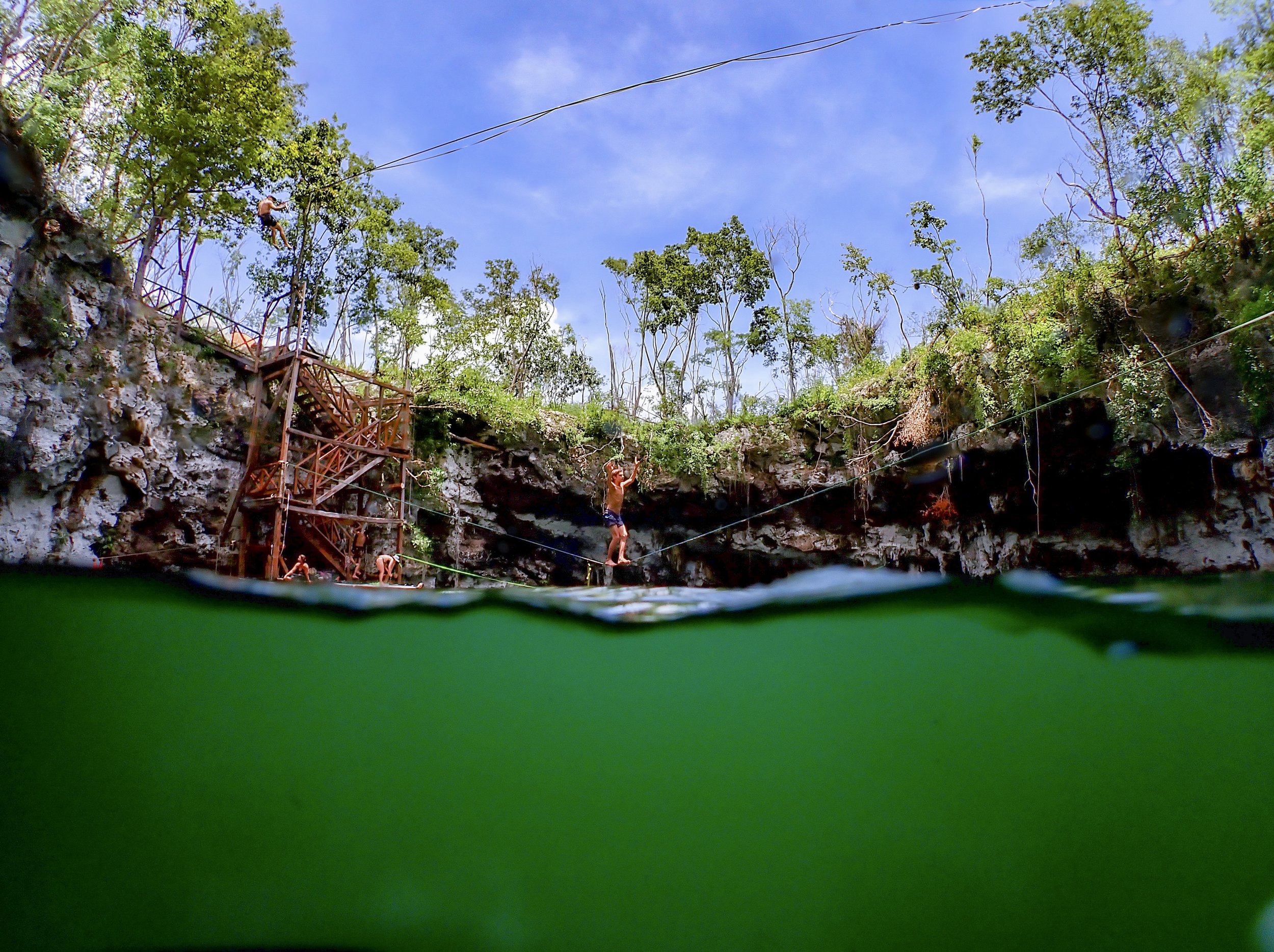
MARCH: Slacklines at Cenote Yaakun | Cenotes are freshwater sinkholes in Mexico’s Yucatán Peninsula. They’re not only beautiful natural spaces, but also hold historical and cultural significance to the Maya people. Scroll down for scuba diving adventures in cenotes.

APRIL: Reflections in the forest | Taking this photo became a fun challenge trying different locations, backgrounds, lighting, and, of course, the tricky task of keeping the bubble in focus as it moved. Can you see the camera in the reflection? Scroll down for the behind-the-scenes.

MAY: An iconic hallucinogenic, Seymour Mountain | Amanita muscaria (Fly Agaric)—one of the most iconic but highly poisonous hallucinogenic mushrooms. If ingested, it can cause nausea and chills as well as distress and hallucinations. Always identify a wild mushroom before eating it!

JUNE: A sunset in Puerto Escondido, Mexico | In the mornings, only surfers and dogs were present, and in the evenings, everyone gathered to watch the sunset—a true luxury!
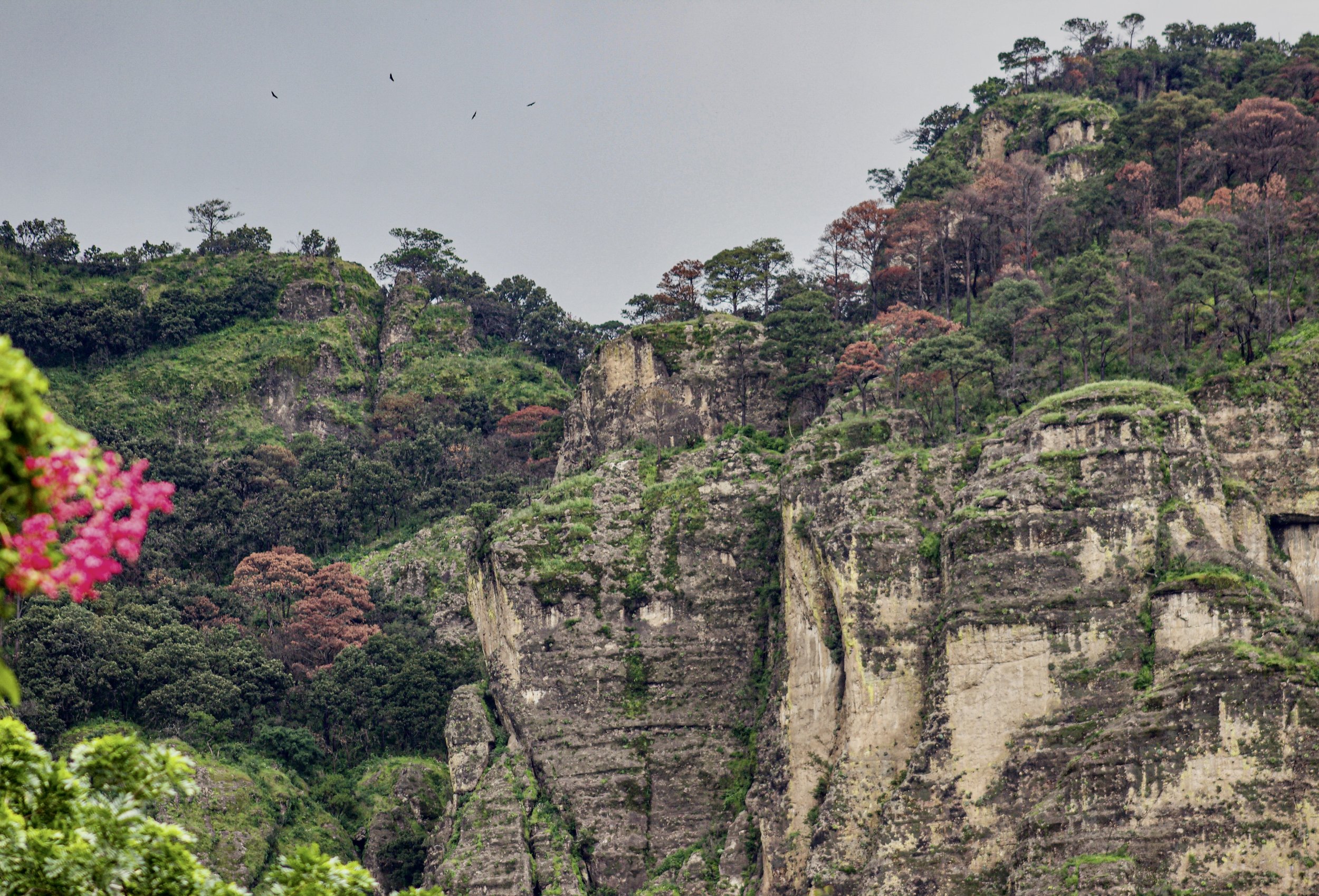
JULY: The iconic mountains of Tepoztlán, México | Some of us might remember places we visited while growing up where we first connected with nature. For me, that place is Tepoztlán—a small town near Mexico City, where the mountains are a constant backdrop, the weather is always perfect, the nights are starry, and thunderstorms are mesmerizing to watch.
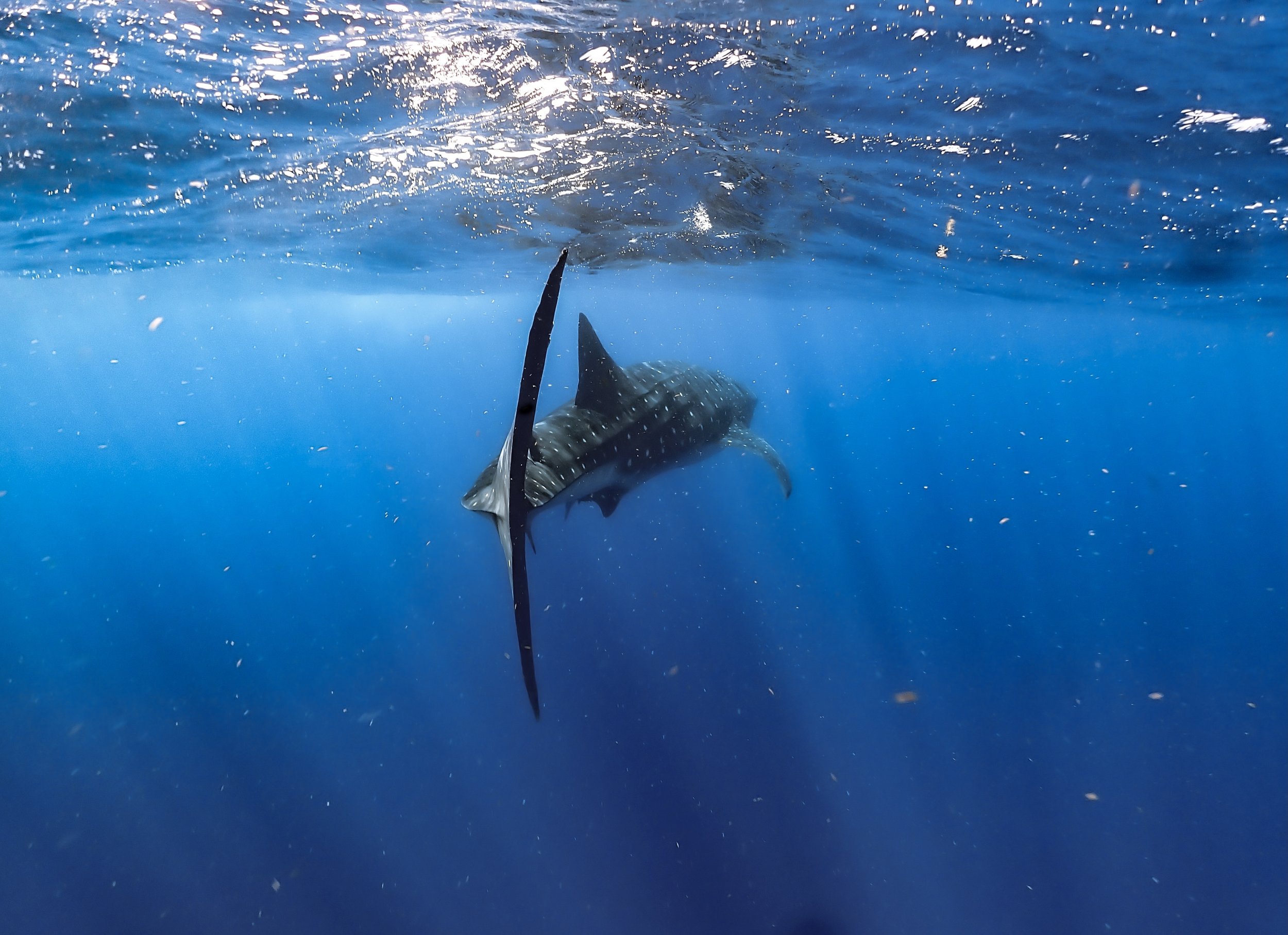
AUGUST: Whale shark in the Mexican Caribbean | See the dots in the water? This huge female was swimming with its mouth open filter-feeding the plankton like a whale—hence their name. An adrenaline-filled swim every time! Scroll down for the behind-the-scenes of this moment.
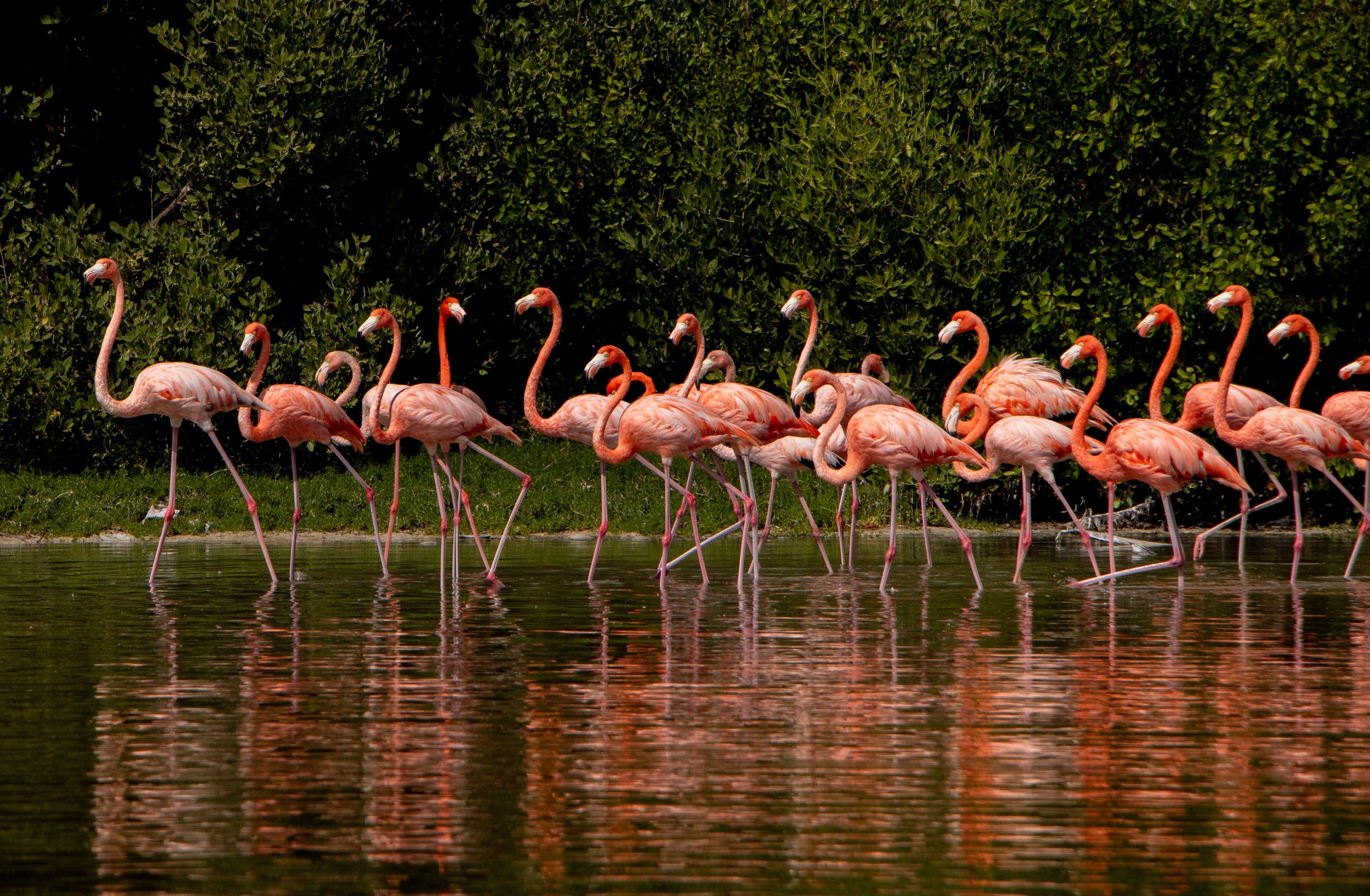
SEPTEMBER: Flamingos in Campeche, México | Flamingos are an iconic species that attract tourism in this area, which is economically important for remote towns like this one that mainly rely on fishing. Scroll down to learn more about this research trip.
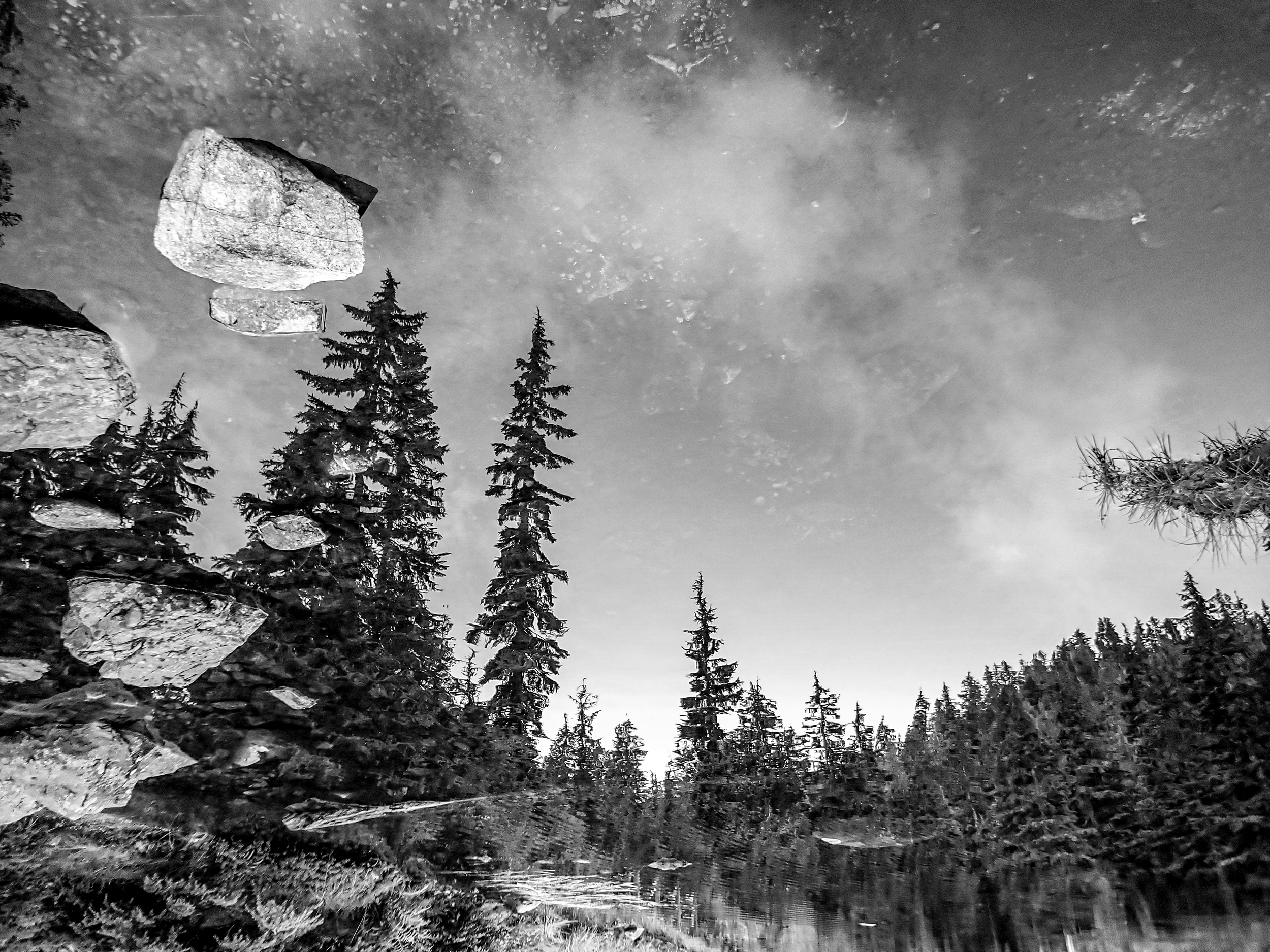
OCTOBER: Rocky skies | Do you see it? Simple and creative changes to a photo can easily transform it into transmitting something different. Scroll down to see the original photo.
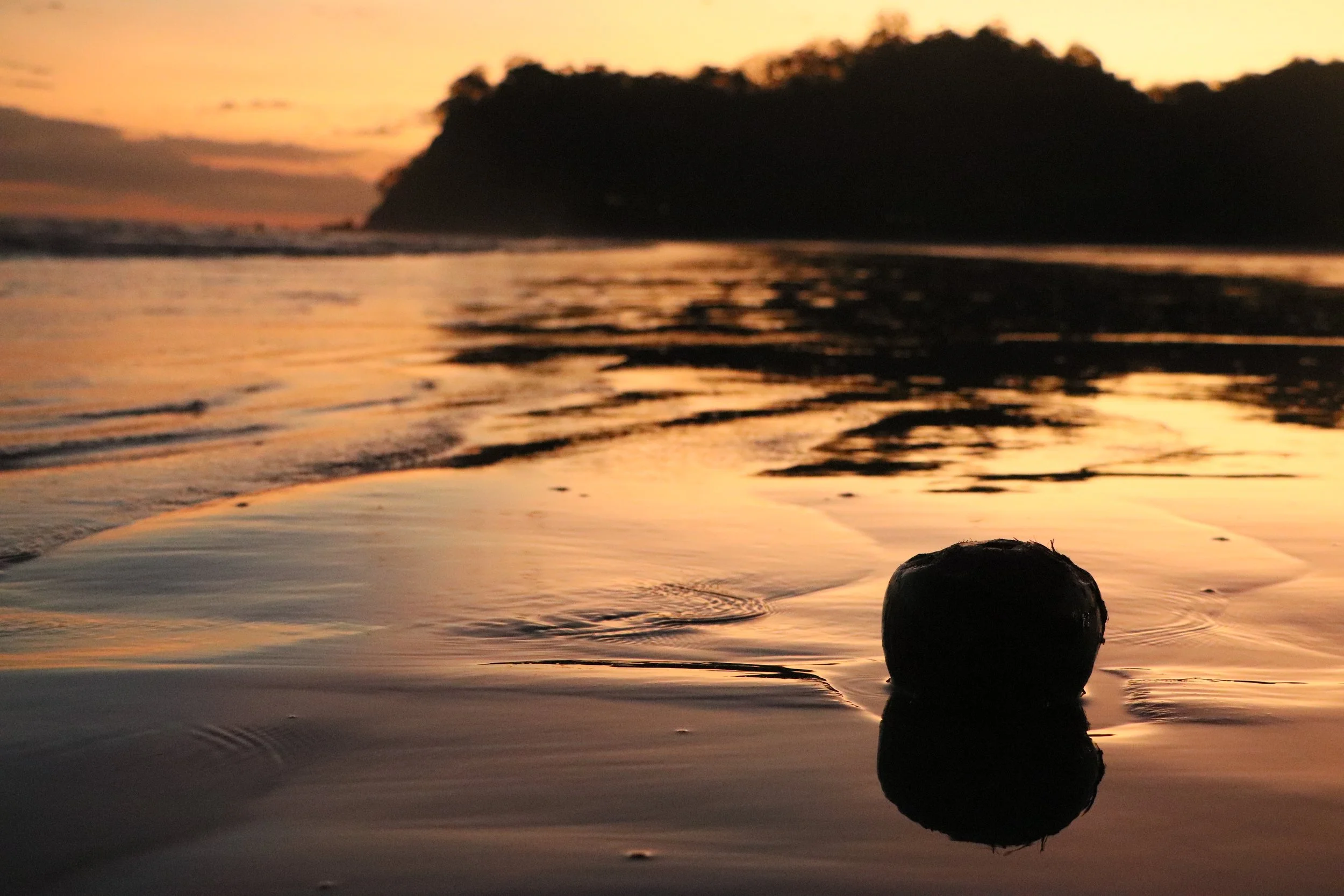
NOVEMBER: Recharge when needed | I hope this photo brings you peace and calm as we enter winter. I took this while disconnecting during a trip to Costa Rica where the tropical nature and biodiversity reminded me of why I pursued a biology degree. Re-connecting with what inspires and motivates us is crucial to recharge!

DECEMBER: Aurora borealis at Kitsilano beach, Vancouver | Scientists predict that for next couple of years, the aurora borealis activity will continue to peak. I took this photo with my Canon 77D, a tripod, and using a 15 second exposure to capture the most light. It was not easy, but patience paid off! Can you spot the Big Dipper?
About the photos…
Cenote Adventures
Slack-liners practicing at Cenote Yaakun, Playa del Carmen, México
Cenotes are freshwater sinkholes in Mexico’s Yucatán Peninsula. They’re not only beautiful natural spaces, but also hold historical and cultural significance.
Millions of years ago, the Yucatán Peninsula was underwater among the coral reefs. As sea levels dropped, the fragile limestone ground collapsed, creating rain-filled holes that eventually formed the world’s largest underwater cave system. To the Maya people, cenotes were sacred—they provided water and were seen as gateways to the "inframundo" (underworld). Today, they attract nature-lovers from slackliners, as pictured, to scuba divers. I feel lucky to have dived in these caverns encountering fossilized marine snails, blind fish, and even Mayan pottery and bones!
I took the featured March calendar photo as I tried my new dome lens to get split shots (half over, half underwater).
Fun fact: licking the lens prevents getting water droplets on the photo. I have yet to master that technique… this photo had to be slightly edited to remove water droplets.
Map of the Yucatán peninsula showing location of Cenotes Dzonbakal, X’batun, and Yaakun
Diving in cenotes usually means driving on dirt roads to arrive at cenotes often managed by local community members, often with mayan decent. Once we arrived we got our scuba gear and tanks set up. Equipment preparation – in my case also including camera gear – is always key prior to a dive. The nerves may be starting at this point, but they are always mixed with excitement. The dive guide explains the cenote layout and the dive plan (how deep we will go, the route we will take, what we can expect to see or experience).
The first dive at cenote Dzonbakal lasted 42 min to a maximum depth of 28.4 m. As we swam away from the cenote entrance, we used our flashlights to guide us around the caverns visiting the known spots where mayan pottery and bones are found. Truly a surreal and eerie adventure!
Pieces of mayan pottery, skulls, and bones inside Cenote Dzonbakal
For the second dive, we headed to the nearby cenote X’batun (my favourite), which was covered in beautiful lily pads at the surface before heading down to the huge underwater world. This dive lasted 56 min, and our maximum depth was 36.8 m.
At this depth, many people experience narcosis due to the nitrogen levels in your blood, this produces a feeling of being ‘high’. In my case, I felt even more at awe of the cenote and felt weirdly comfortable in this massive and spiritual underwater world. Our guide made sure we didn’t spend too much time at that depth for safety, and we began to make our way back to the entrance. That’s when I took one of my best photos and cover feature of the 2024 calendars…
Our dive guide looking into a cenote crevice as we headed back to the entrance to conclude the dive at cenote X’batun.
Often, cenote photos are difficult to take since it is mostly dark underwater, however here, the light coming from the entrance illuminated the surroundings perfectly.
You can appreciate the diver bubbles on the rock ceiling, and the rock debris that collapsed on the bottom from when the cenote first formed.
After these two dives, we headed to the nearby Restaurante Búútuncitoto to refuel with traditional delicious food from Yucatán, a Poc Chuc dish – it tasted like heaven.
Swimming with Whale Sharks
Swimming with a whale shark (Rhincodon typus)—the biggest fish in the ocean—is an undeniably unique experience if done responsibly, and photographing them is no easy task!
The odds were against us on this day; rain from the previous day had pushed the plankton (whale shark food) deeper into the water column meaning the whale sharks were nowhere to be found. We departed from Cancún and headed out into the open ocean. The waves were rough and sea sickness was spreading among our tour boat.
45 minutes went by… we waited patiently…our boat captain noticing we were almost nearing Cuba.
Finally, all of a sudden coming up to the surface for her plankton breakfast was a 12m long female* shark—her dorsal fin peeking through the water surface.
It was go time.
I put on my fins and mask, pressed record on my camera, waited for the OK from the captain, and slowly slipped into the water. While battling the strong waves, I tried to keep my hands steady as I pointed my camera towards the approaching whale shark…
*we know it was a female because we were able to see her underside and notice the lack of male claspers.
As she approached I positioned myself to swim next to her at a safe distance. Only two people are are allowed to swim with a shark at one time, plus the tour guide. This ensures the shark is not disturbed, and that we do not get in her way.
Whale sharks seem like they move slow, but their huge tail propels them forward at a speed that, in the moment, means you have to swim—fast.
As she swam by, I was lucky to get a photo from up close!
Each whale shark’s pattern is as unique as a human’s fingerprint. Although most well known for their impressive size, their dotted and lined patterns are truly iconic & mesmerizing.
I kept swimming behind her at a safe distance from her tail—usually 3m minimum—knowing I would have a better chance of following her safely and capturing some new angles.
Despite the rough conditions that day, jumping in the water and swimming next to the biggest fish in the ocean makes it all worth it.
Swimming with whale sharks is an incredible activity if done while following responsible ecotourism practices. In Mexico, the 2024 whale shark ecotourism management plan states detailed protocols to carry out this activity safely without putting either the sharks or the tourists at risk.
Check out their distance guidelines:
Always do your research and make sure the tour operators you choose follow guidelines that prioritize whale shark conservation and tourist safety.
Behind-the-Scenes of Photographing Bubbles
The idea of photographing a bubble was an attempt to re-create this similar photo to one I took back in 2013 early into my photography journey. My cousin had given me a challenge to create a photo with the prompt ‘reflections’. Water reflections… Mirror reflections…bubble reflections! And the photoshoot began.
I was fascinated by the simultaneous upright and upside-down reflections the bubble creates, and the shapes and backgrounds that are unique to every photo.
Re-doing a bubble shoot for this year’s calendar reminded me that it is often easy to get good photos from amazing landscapes or animals, but great photos can also result from simple ideas and some creativity.
Taking this photo became a fun challenge trying different locations, backgrounds, lighting, and, of course, the tricky task of keeping the bubble in focus as it moved. I couldn't have done it without help from friends blowing bubbles – who clearly had fun too!
Original bubble photo from 2013 that inspired recent photoshoot
Bubble mid-air near Locarno beach, Vancouver, and 2025 April calendar photo
Second-favourite bubble photo, runner up for the 2025 calendar selection
Getting these harder-than-they-look shots meant spotting a bubble of optimal size with a nice and dark background, chasing it down to the ground and shooting fast while keeping it in focus.
As we wrapped up the shoot, we wondered if eventually AI would be able to recreate and replace real photos like these. This is what ChatGPT was able to do… Which gave me some peace of mind…
With every good photo I’ve taken, there are many that were ‘bad’ – a normal part of the process. In the spirit of keeping the process realistic, here are some of those shots:
